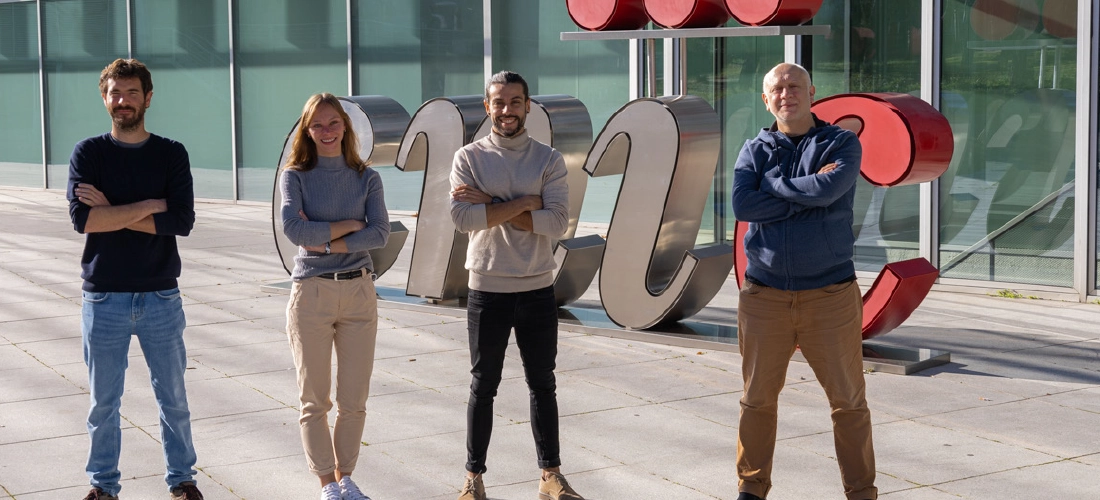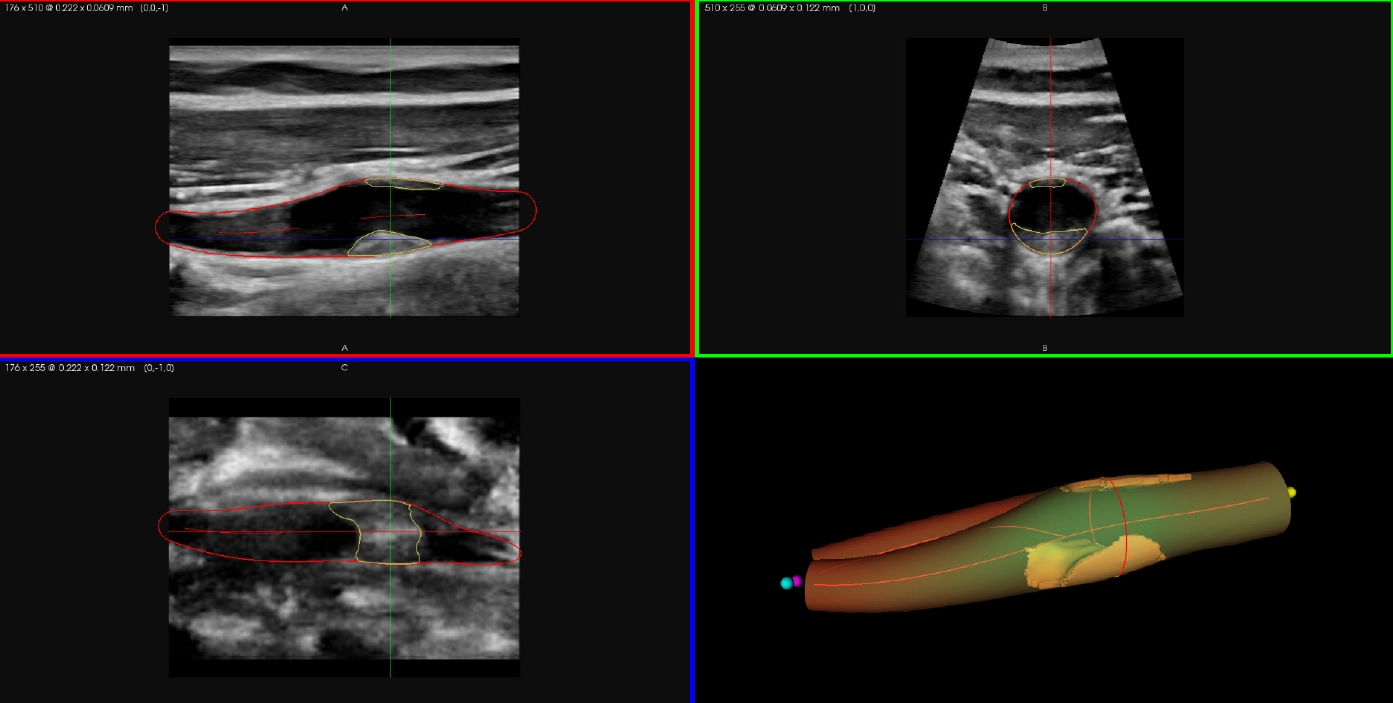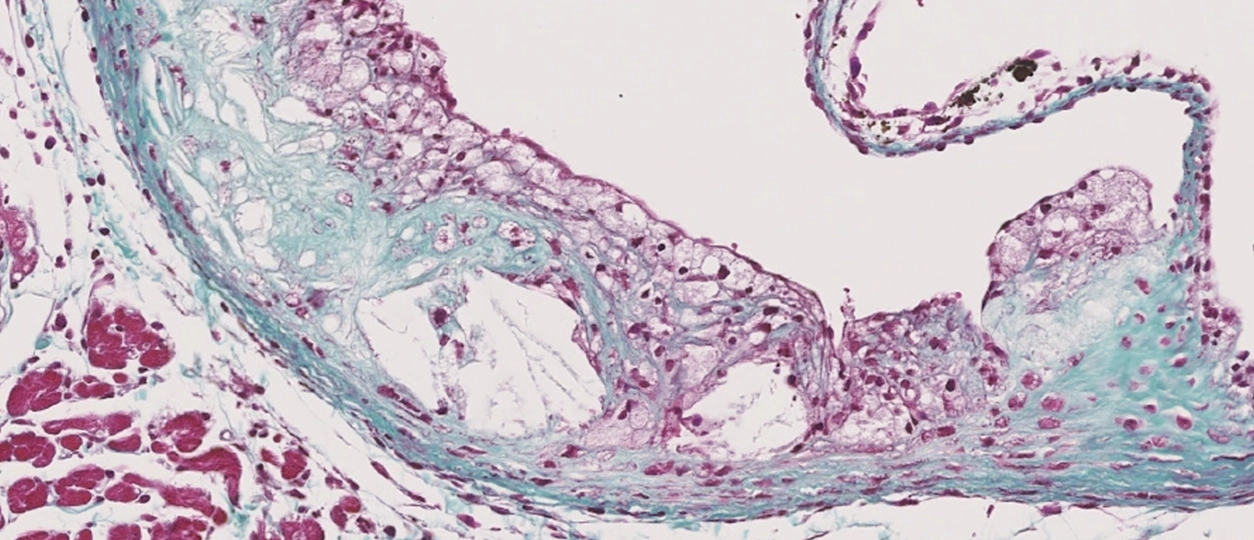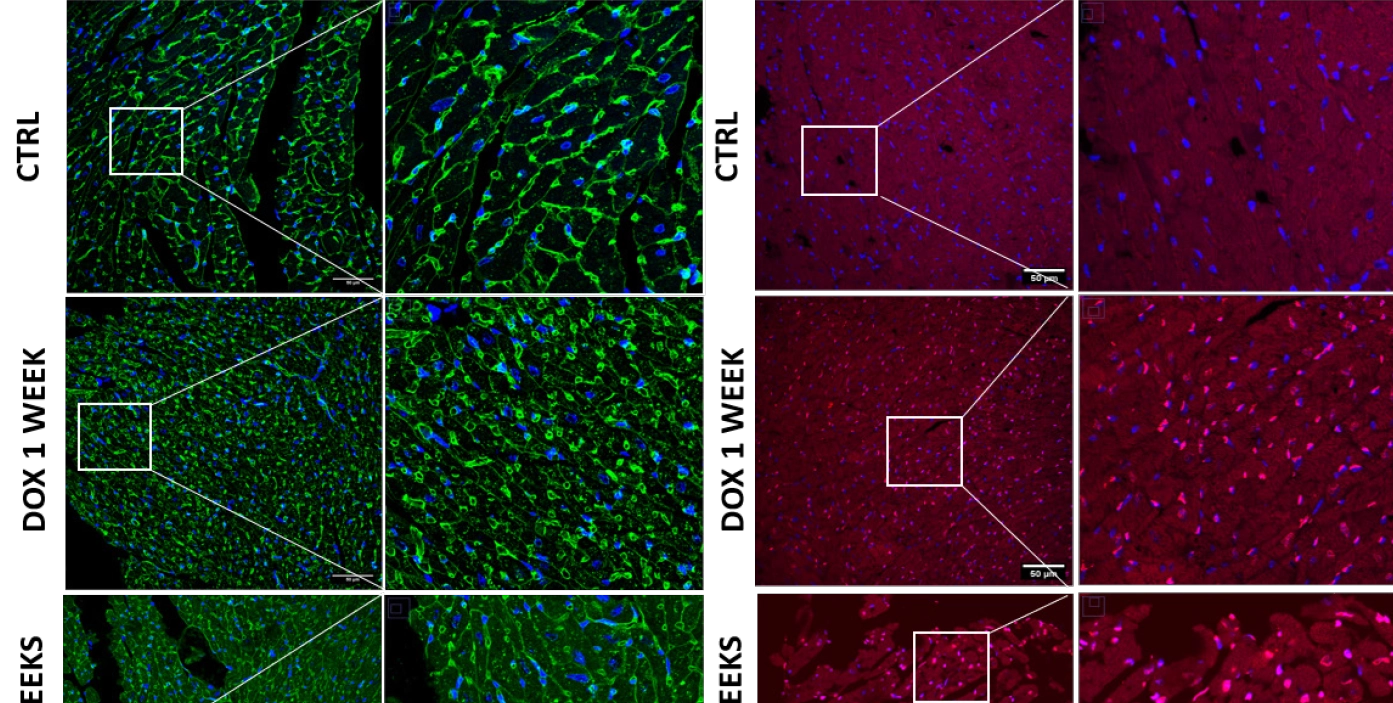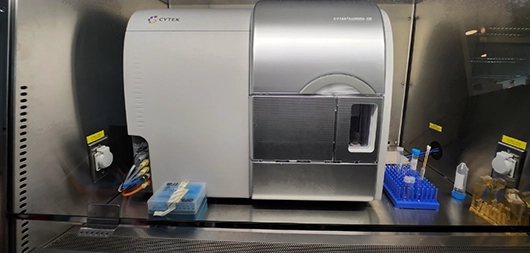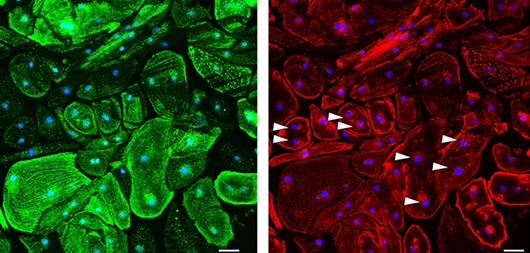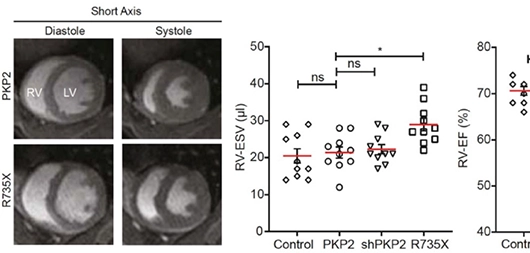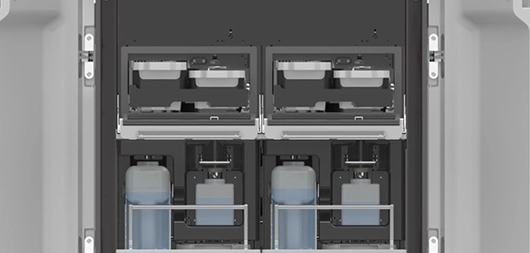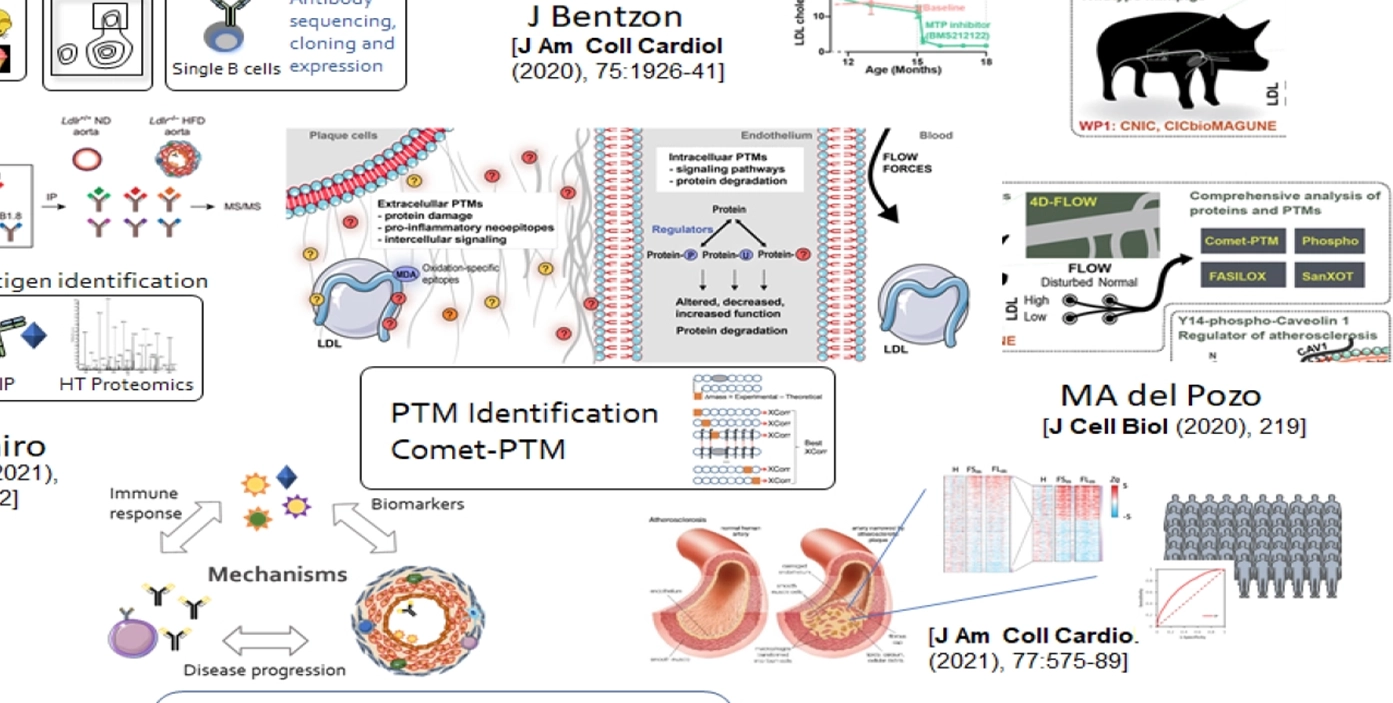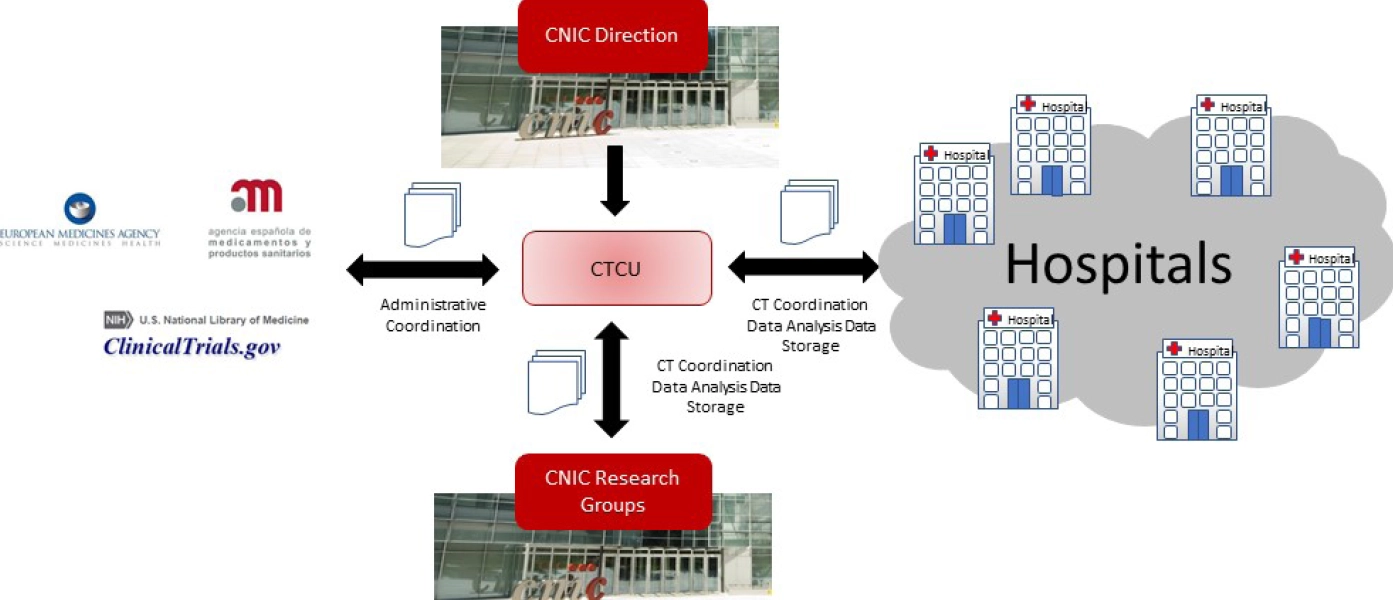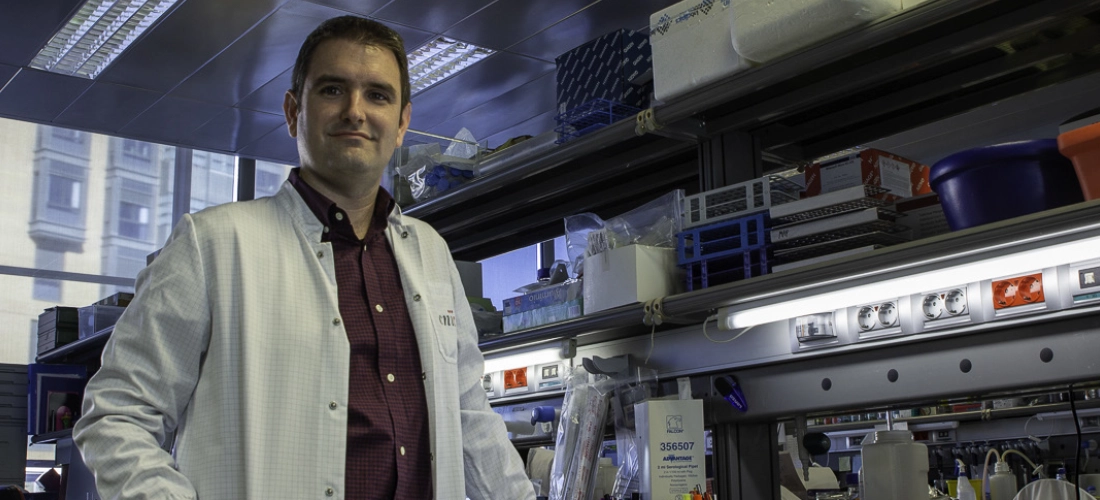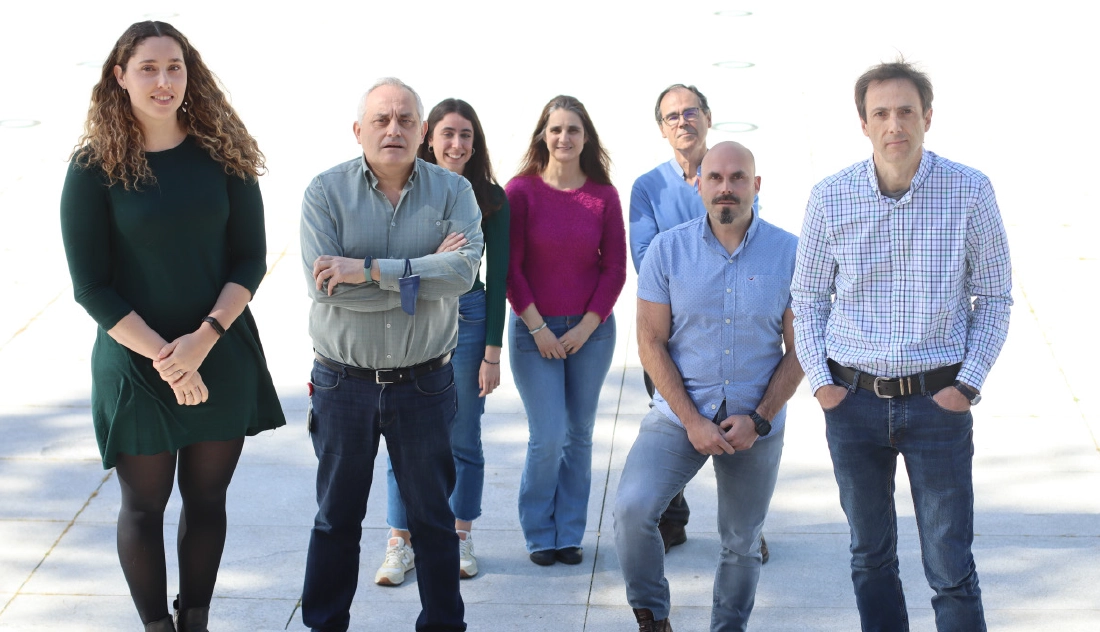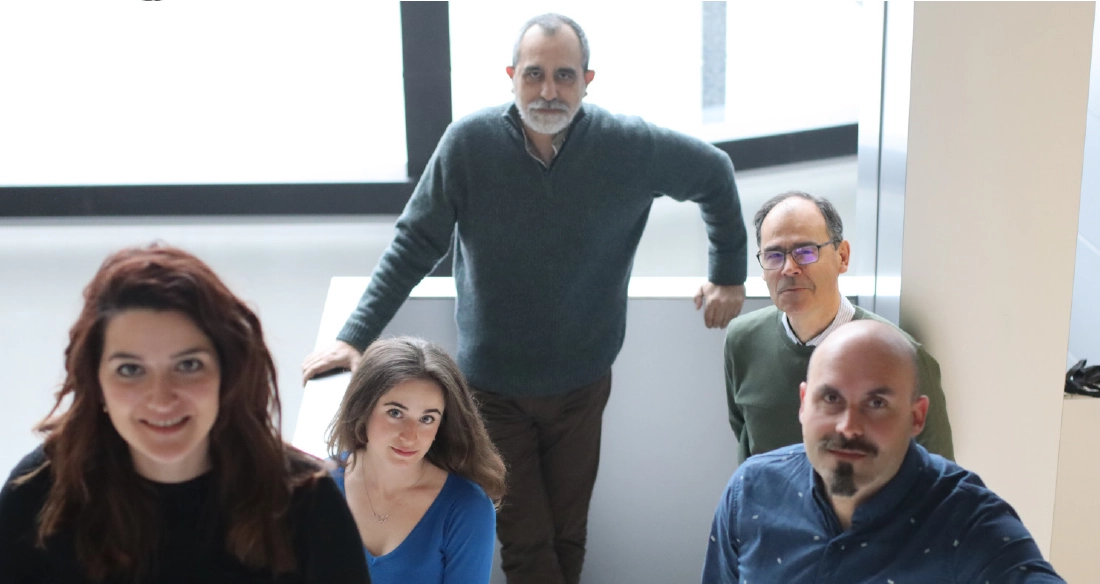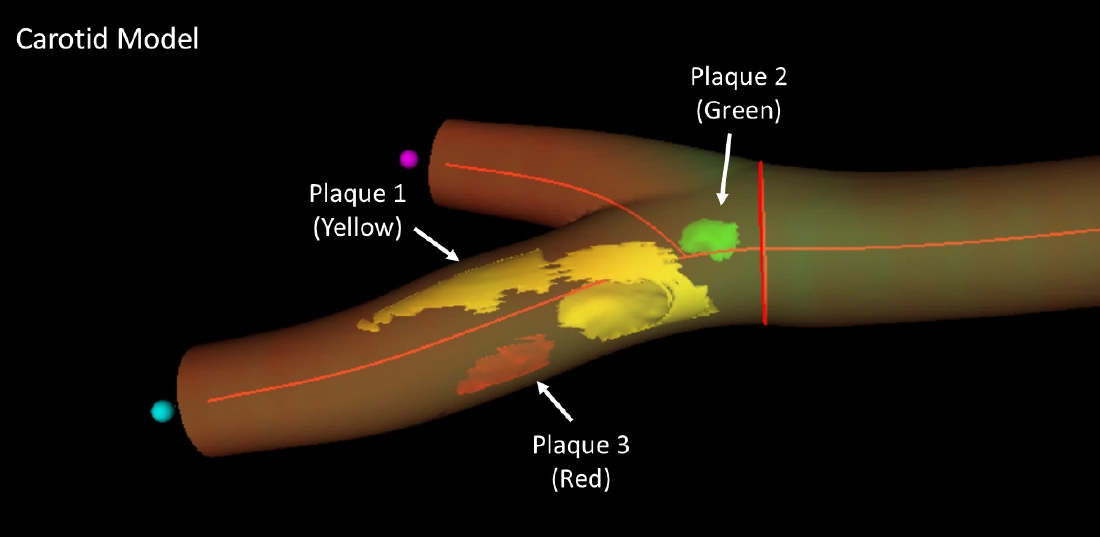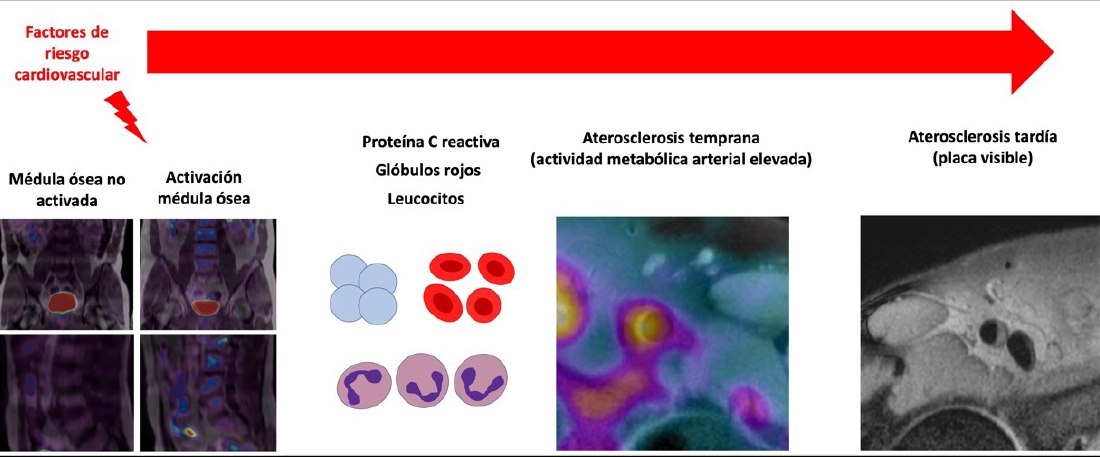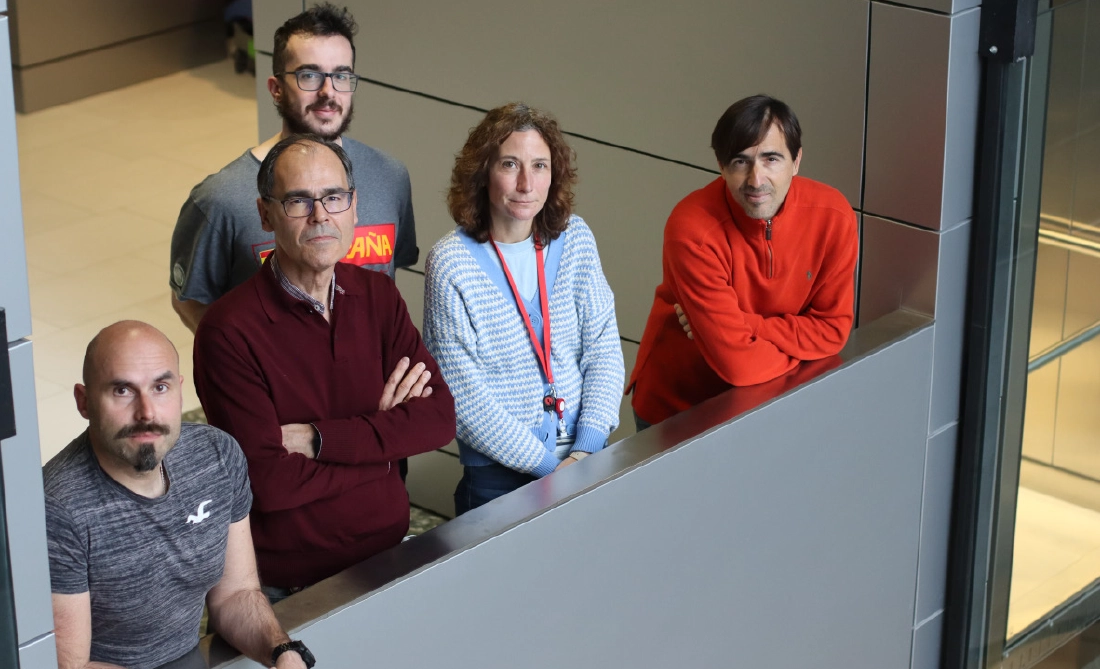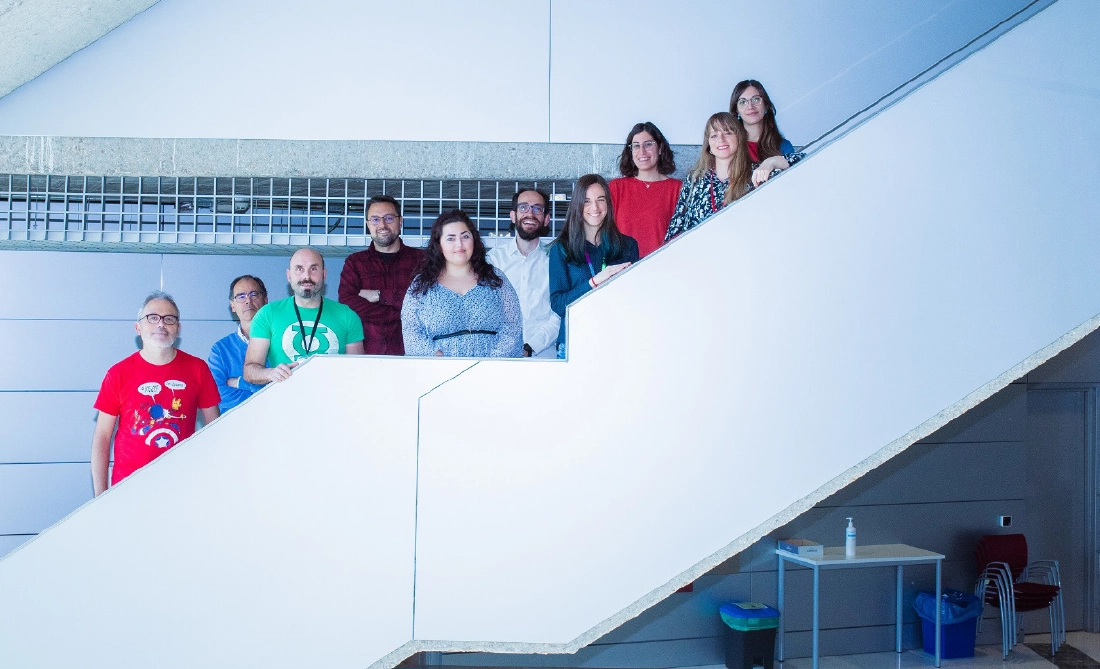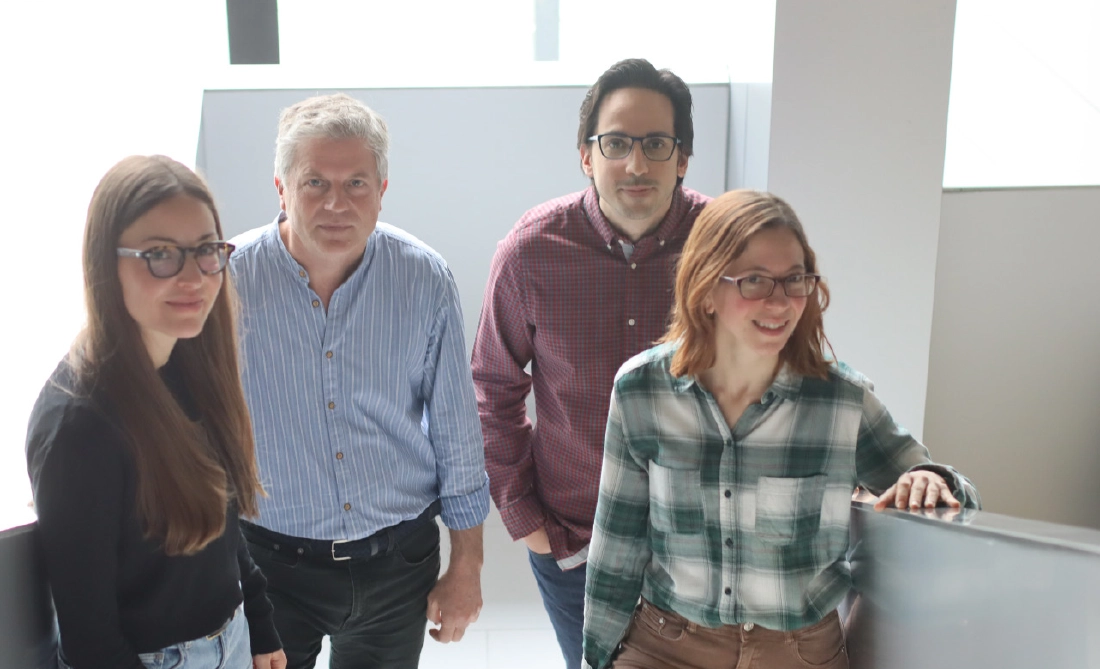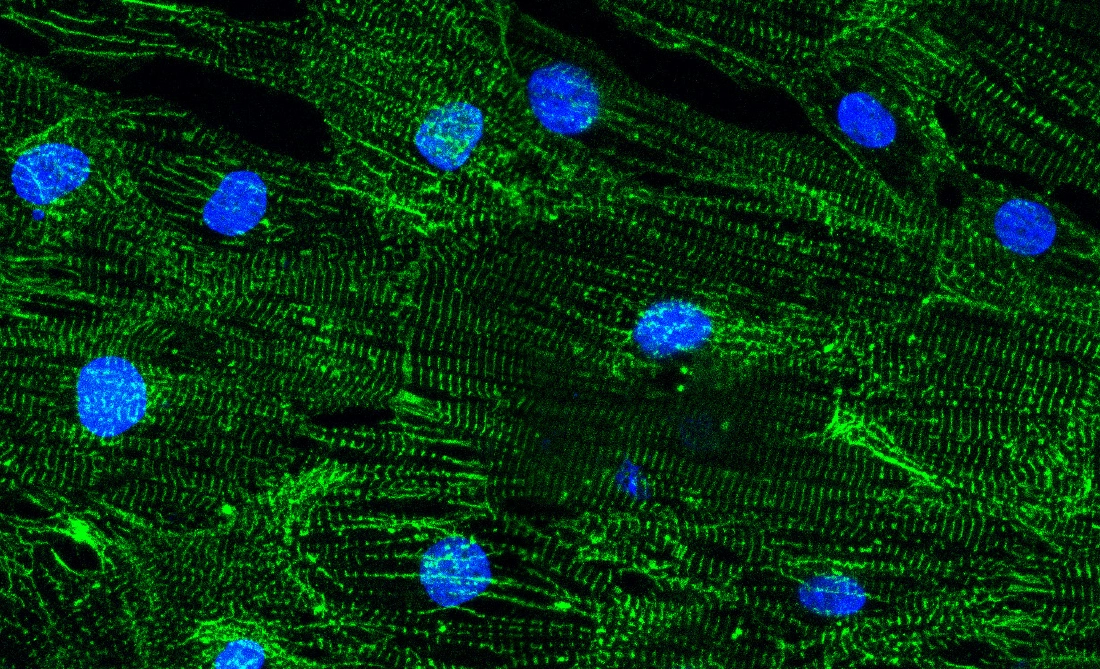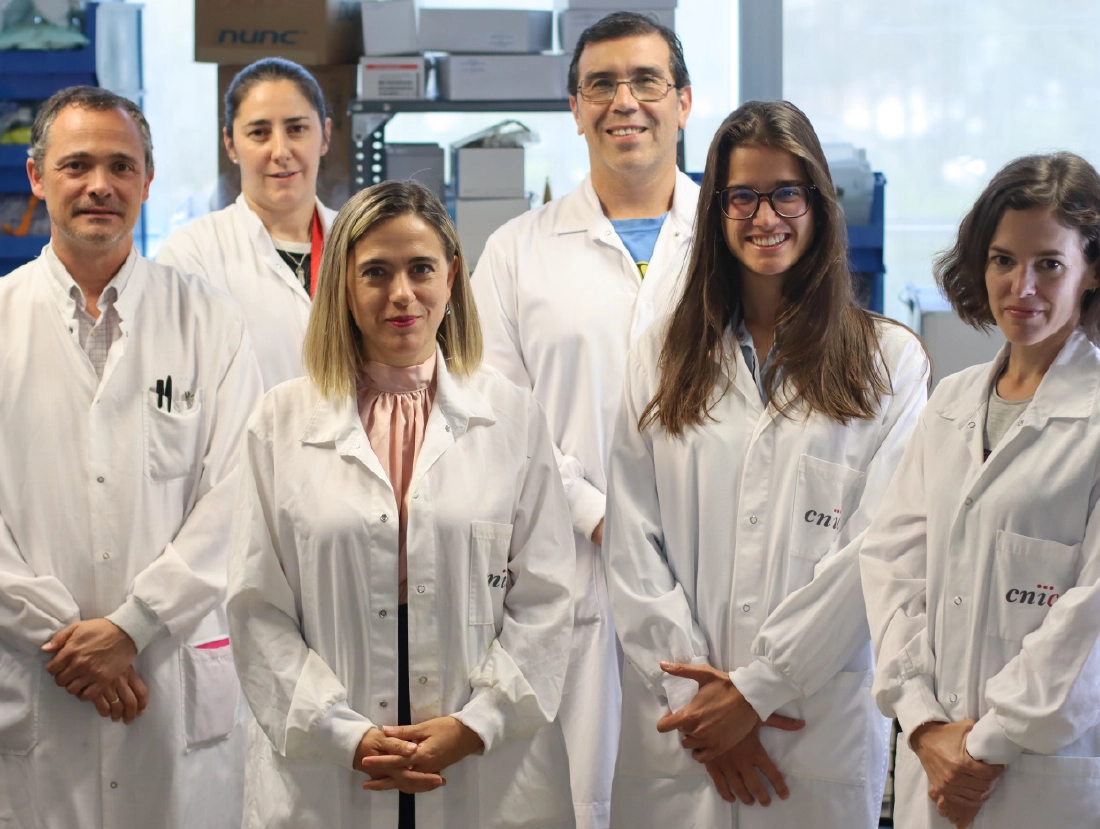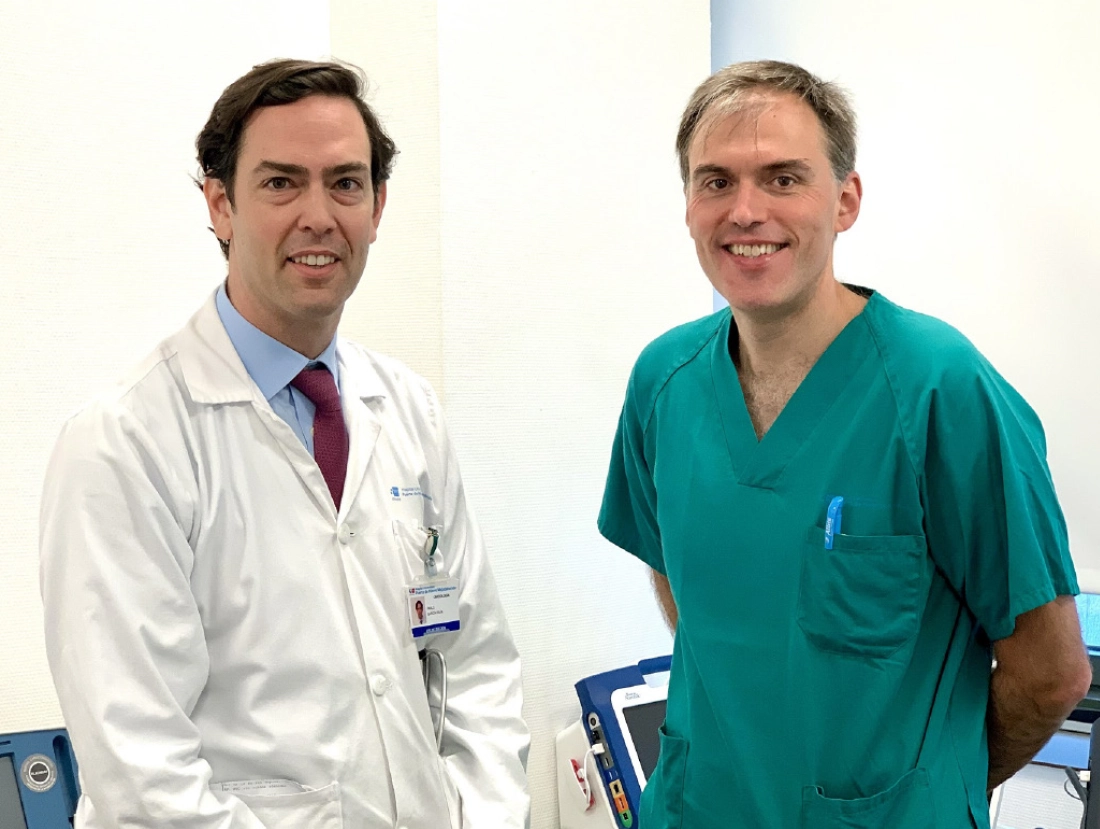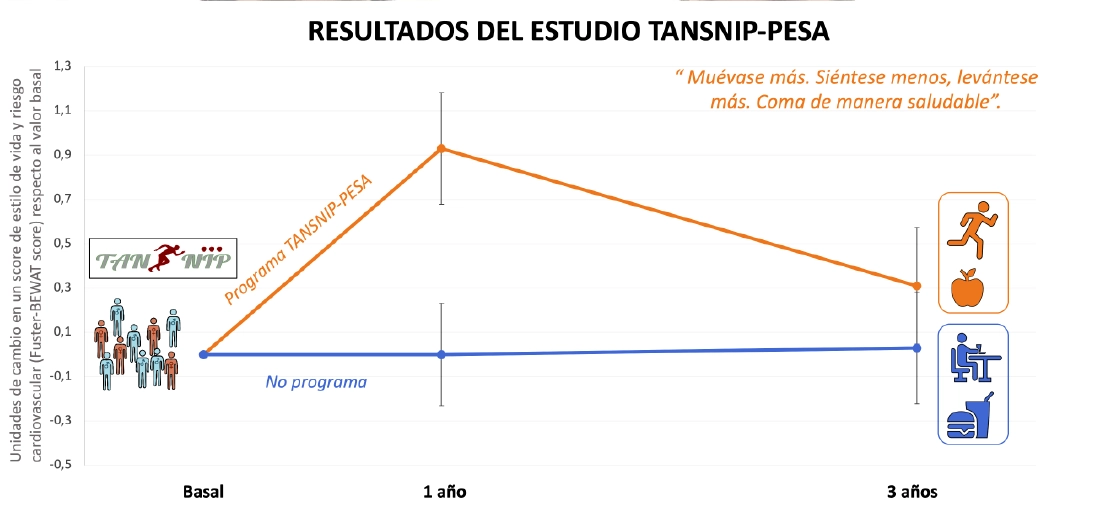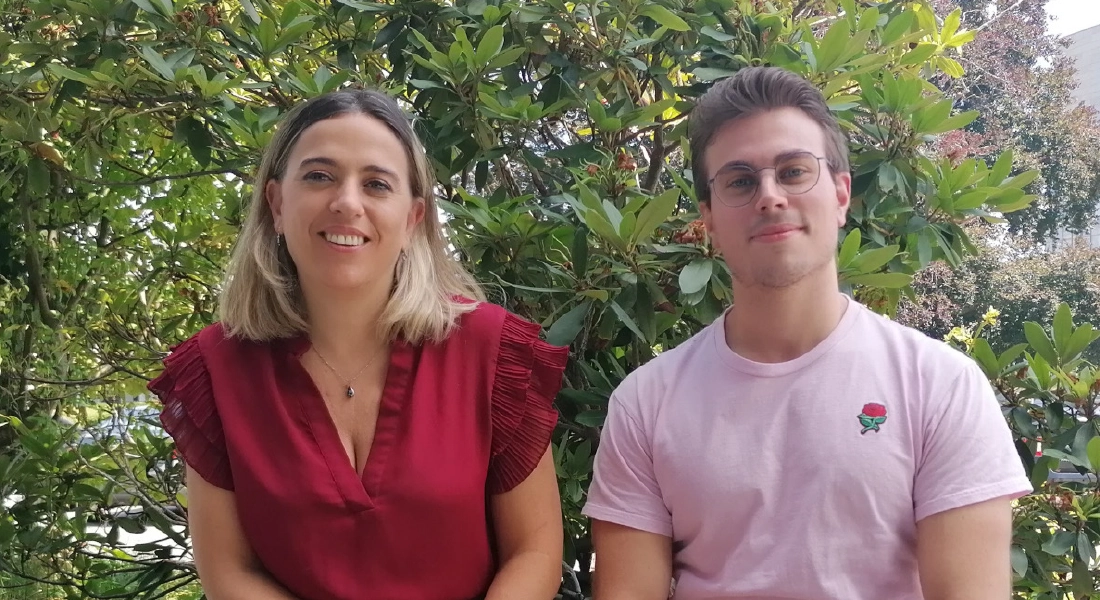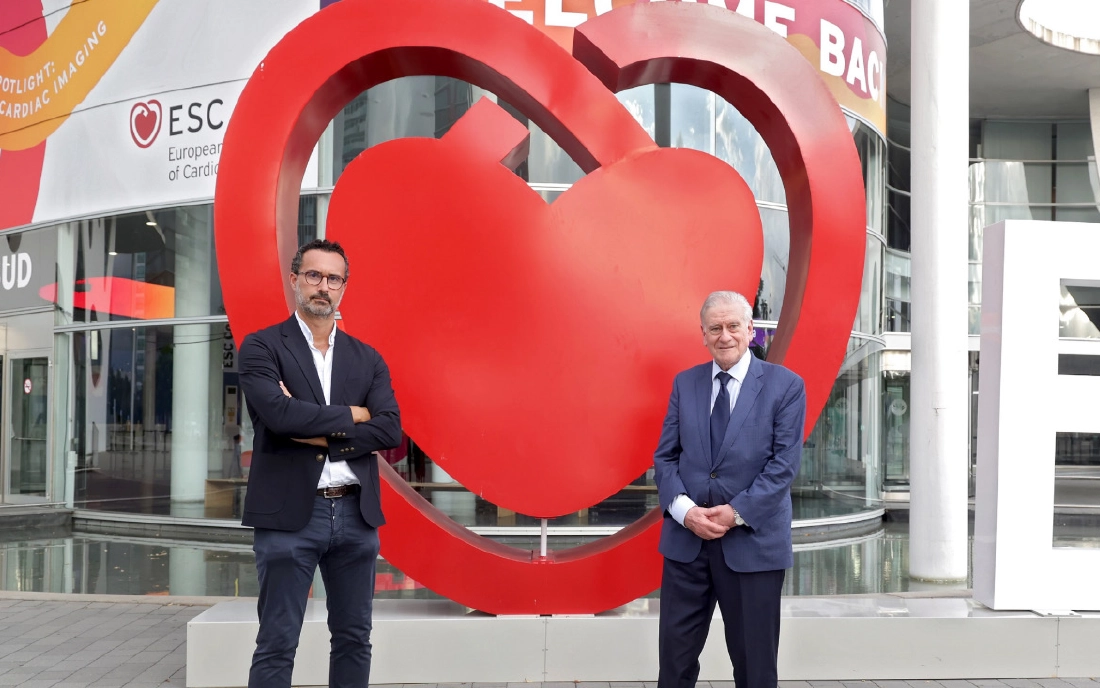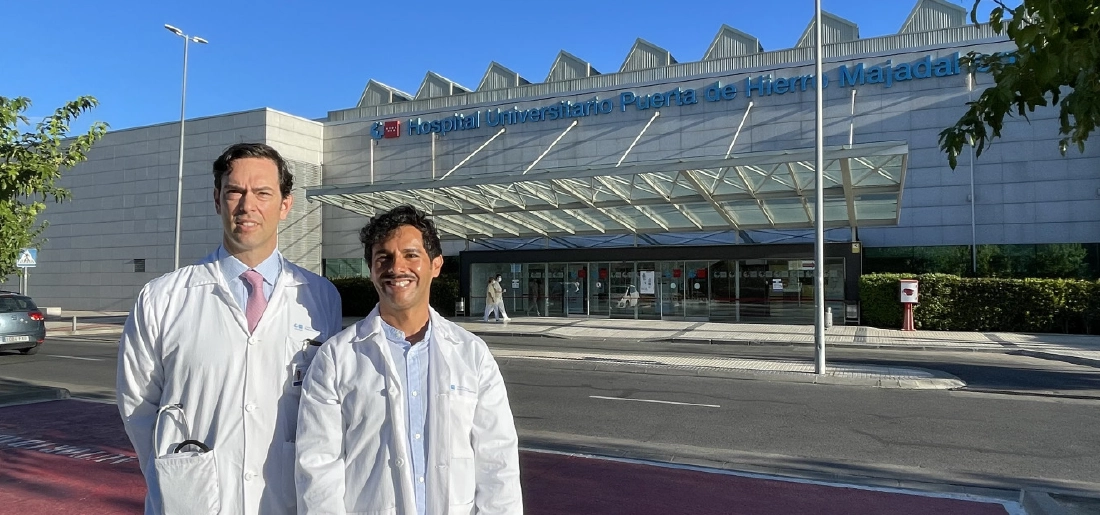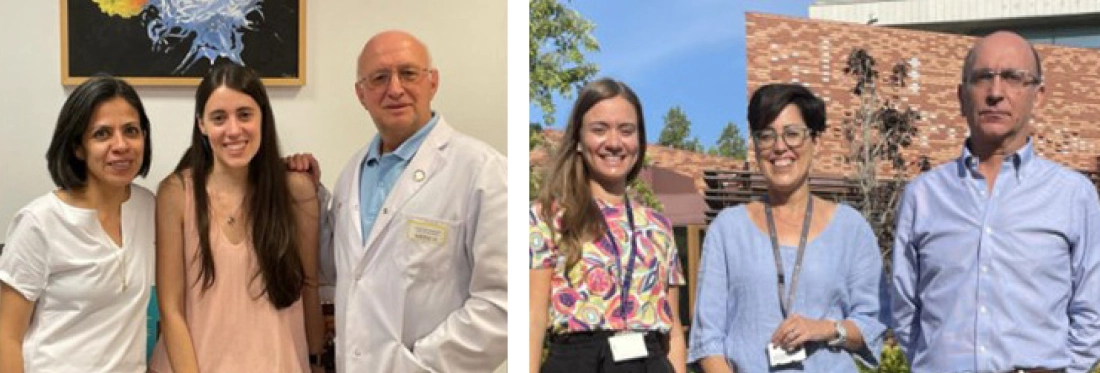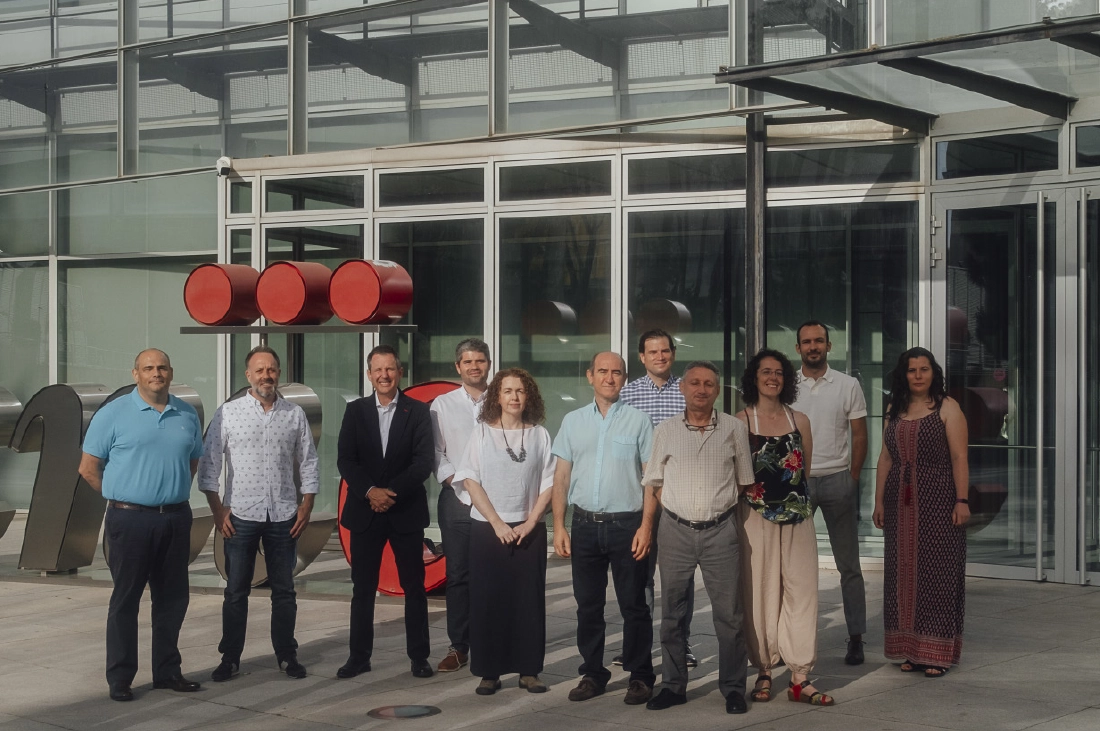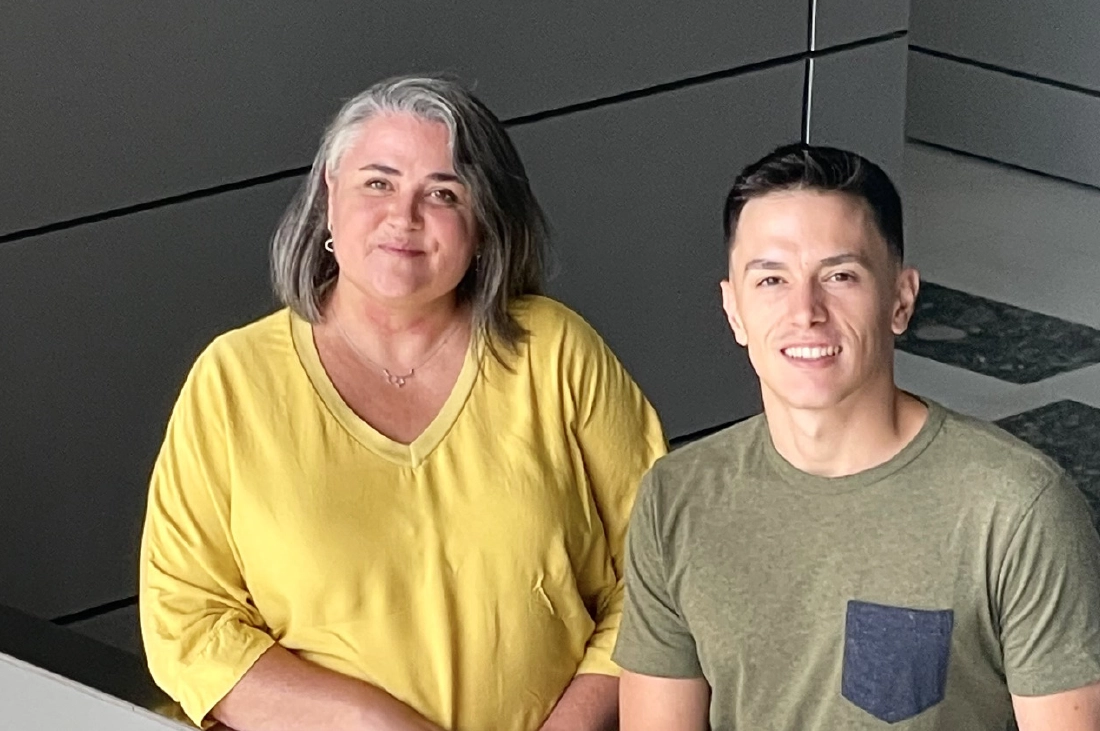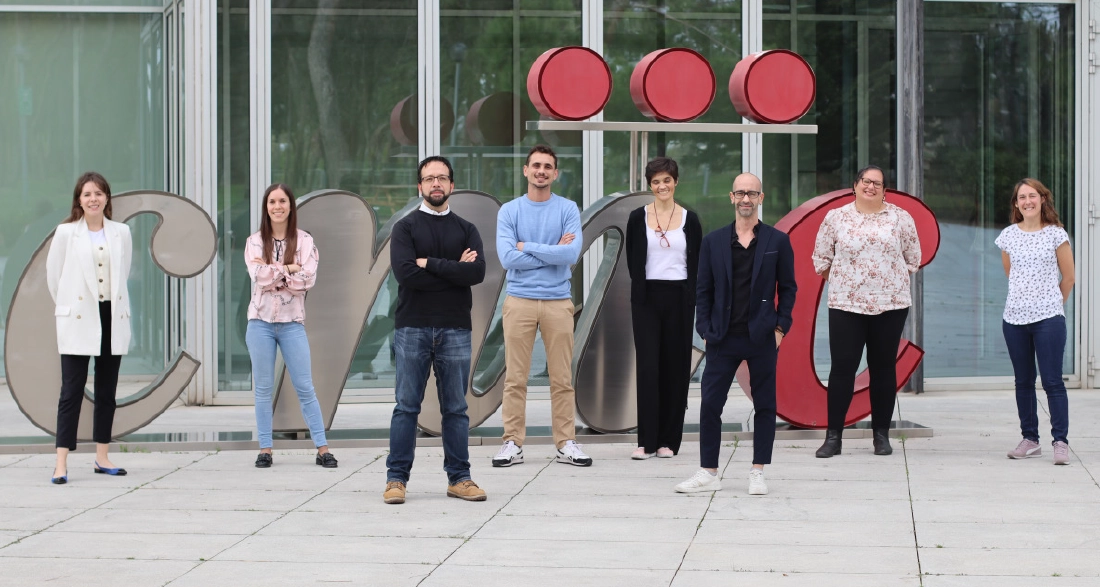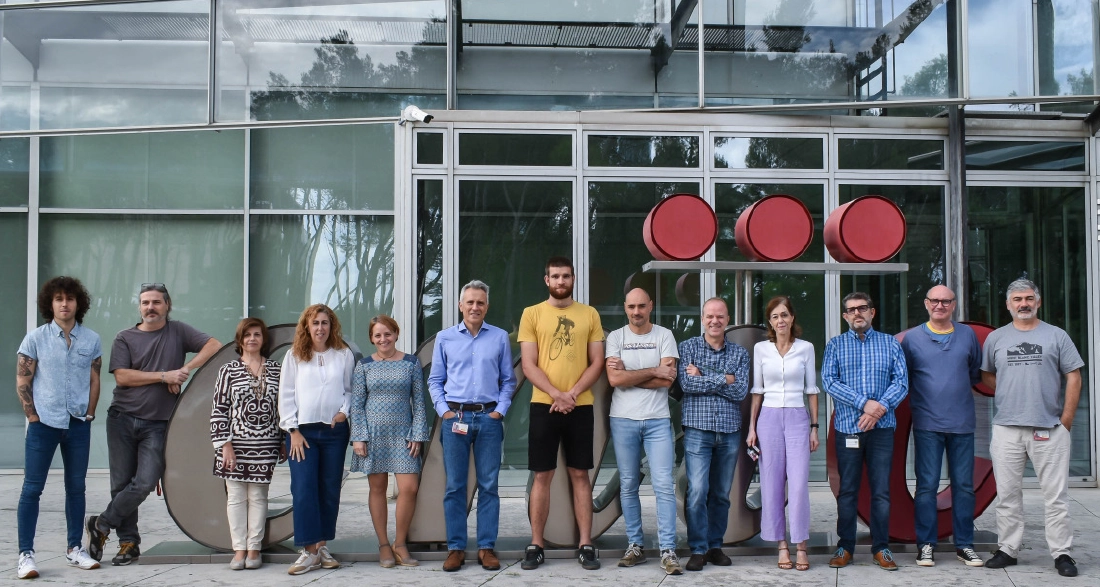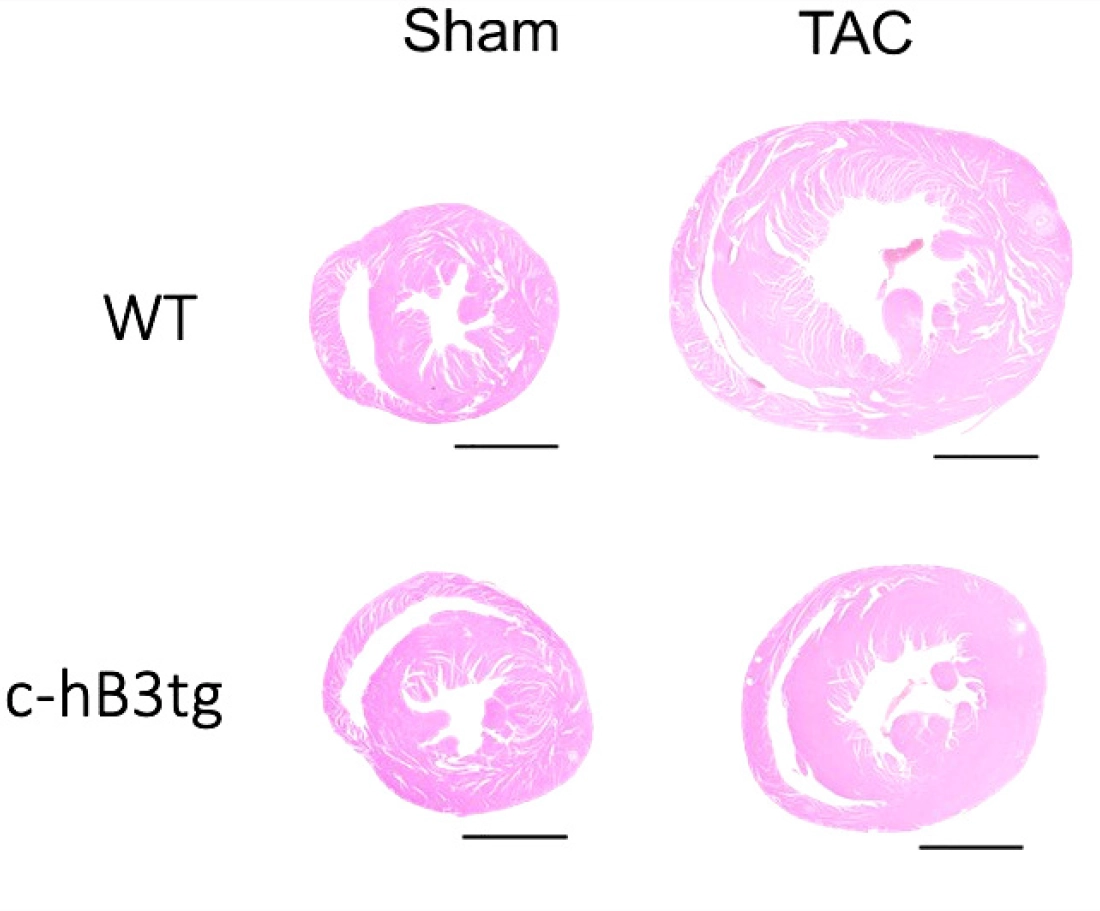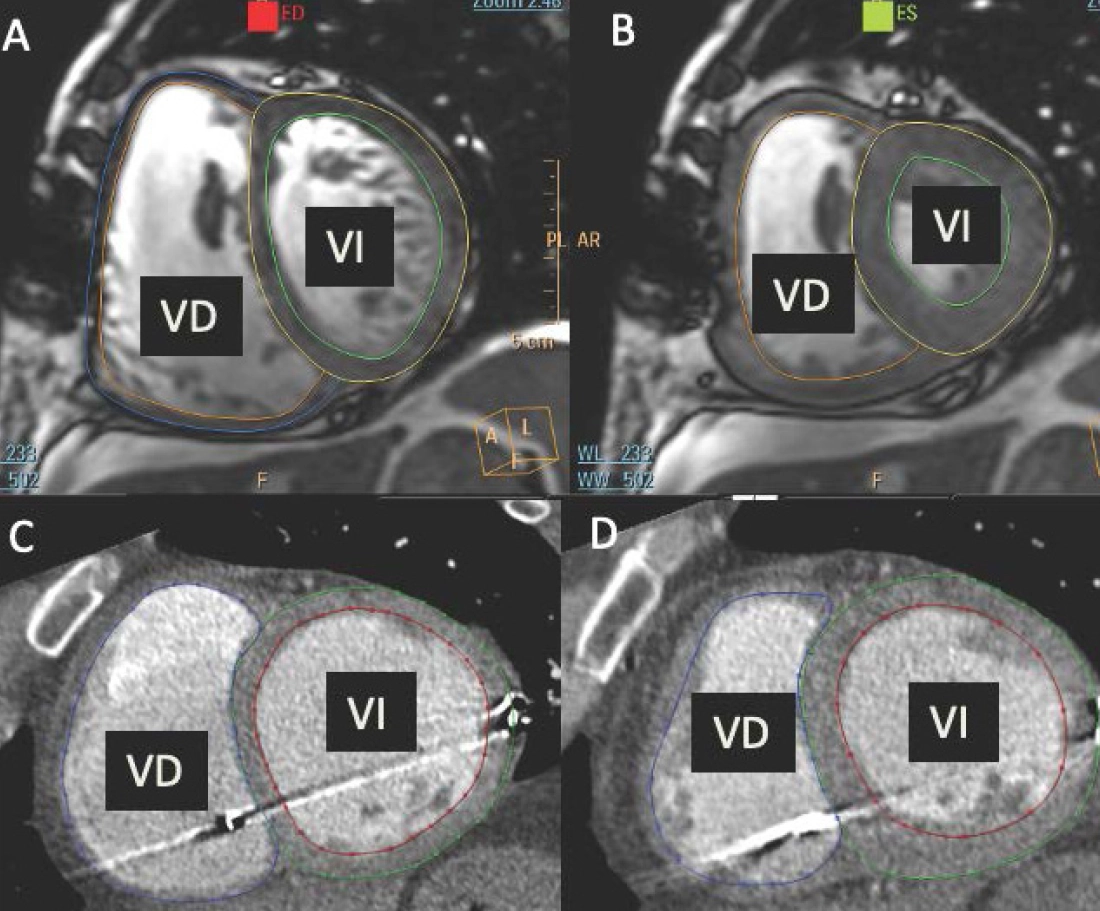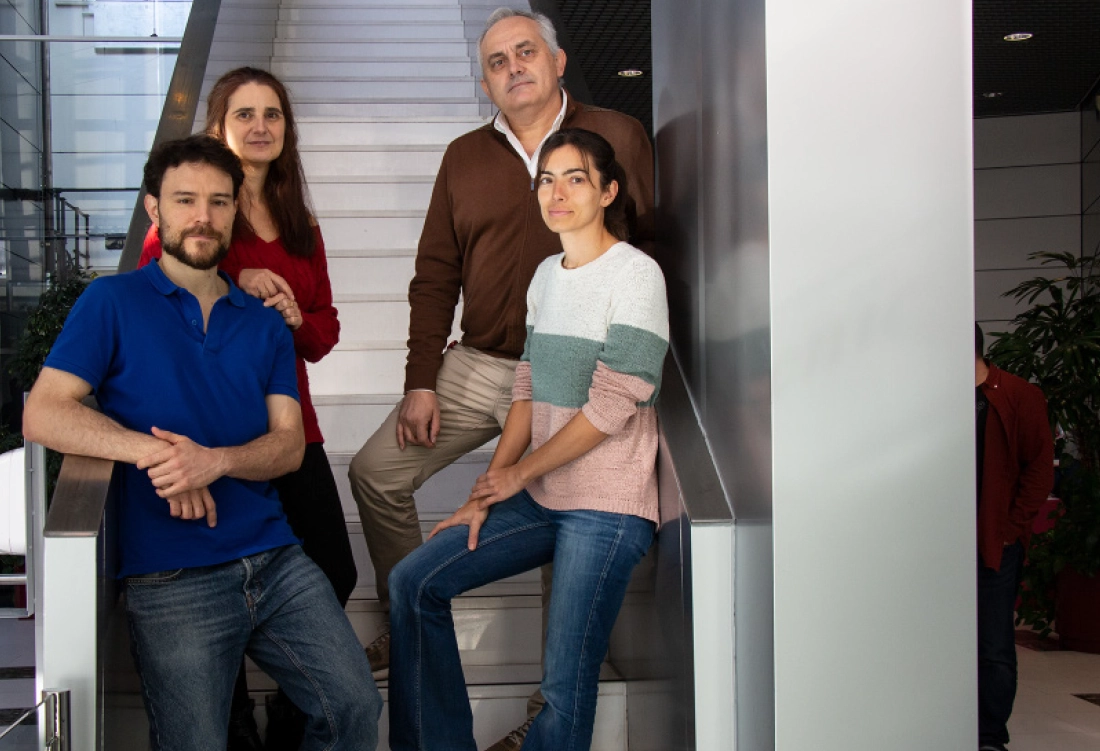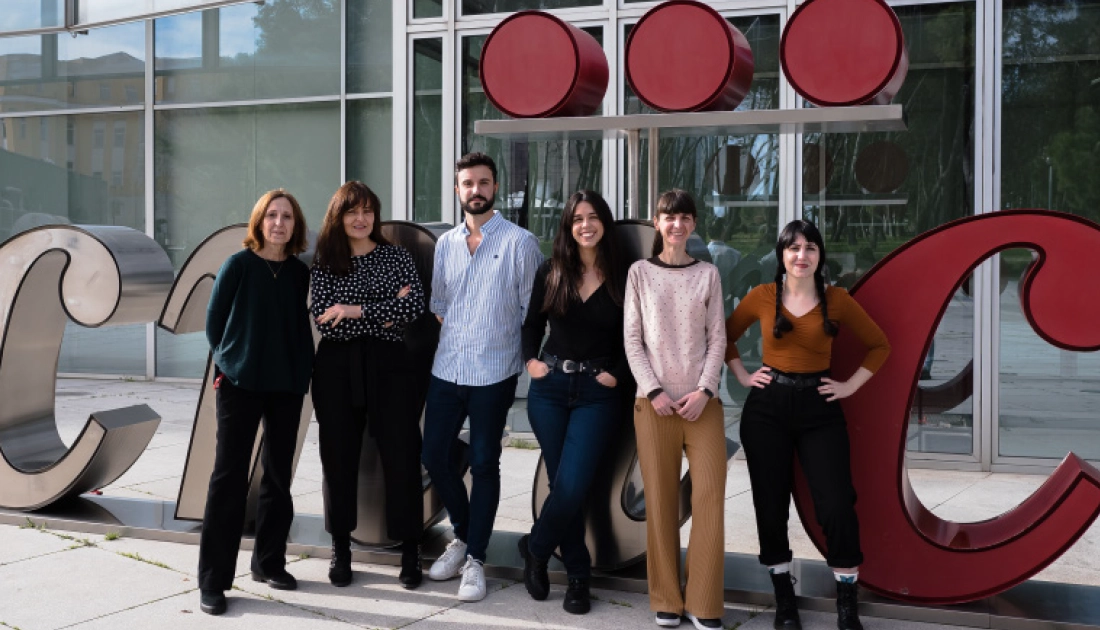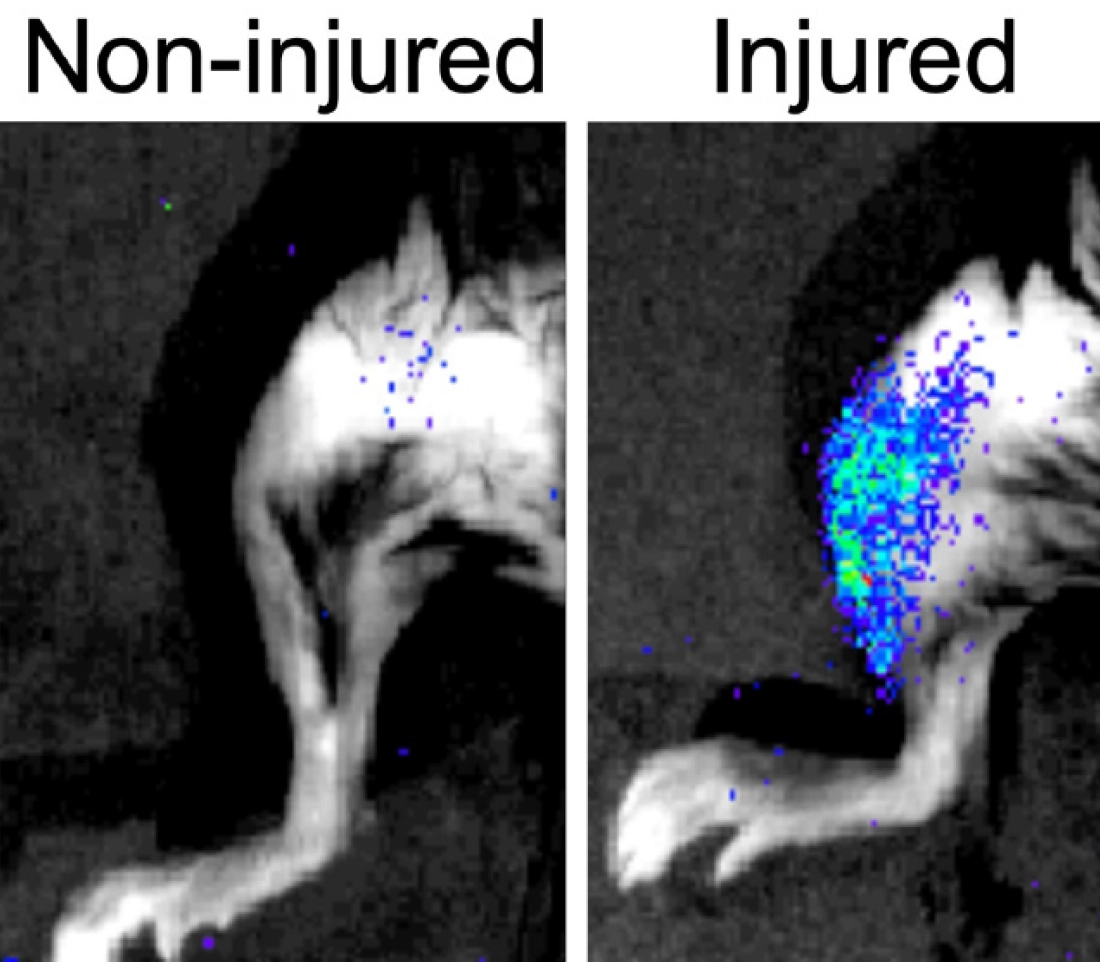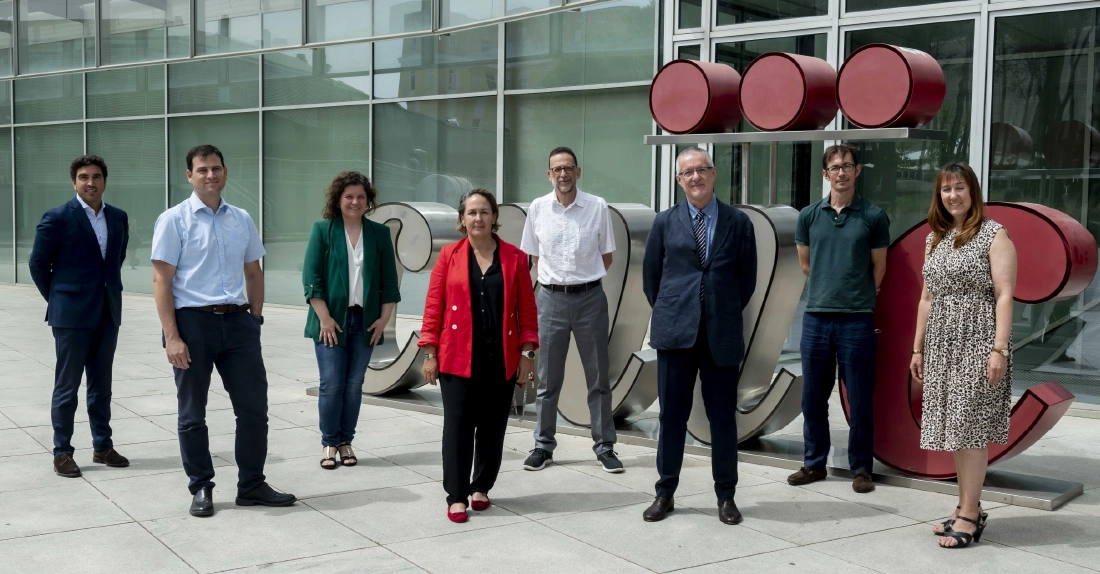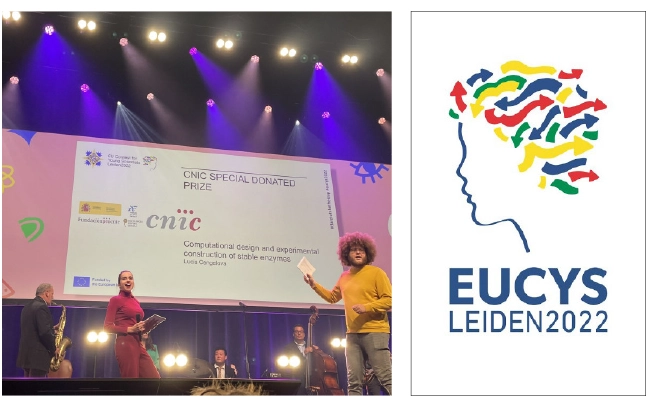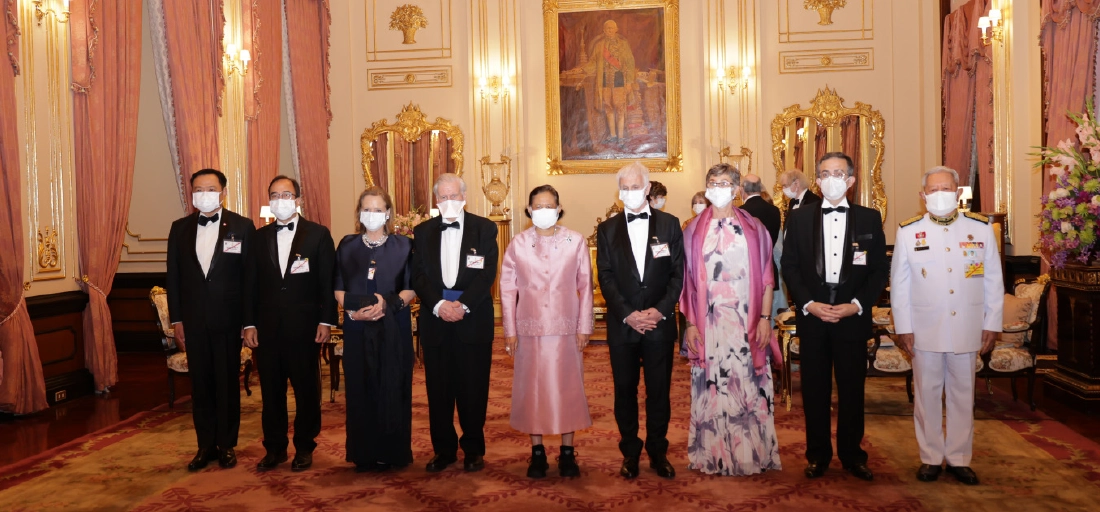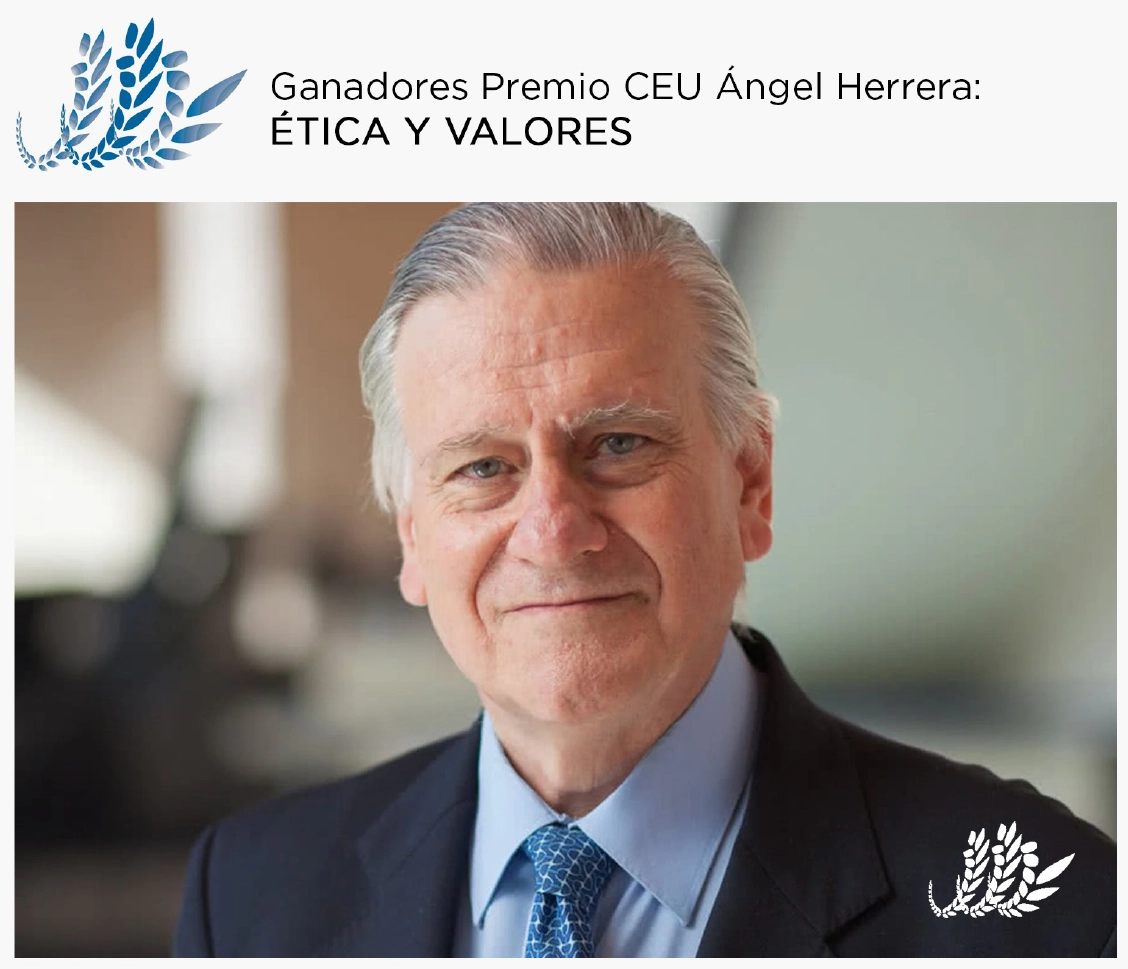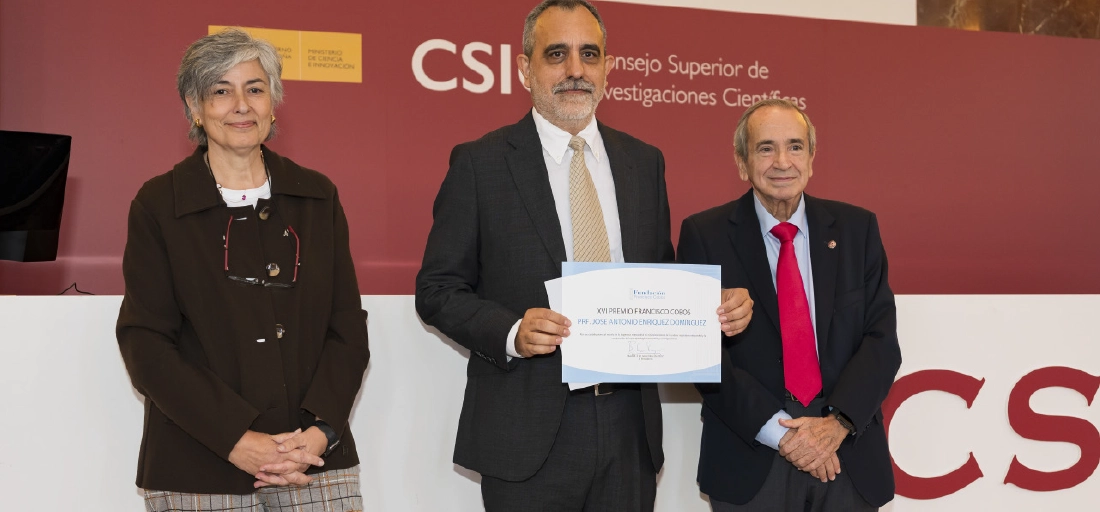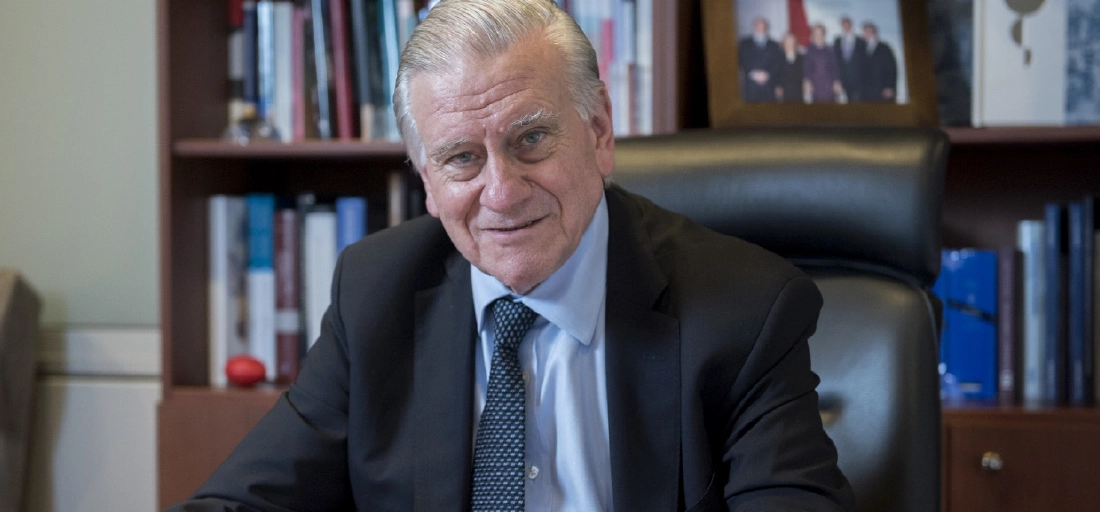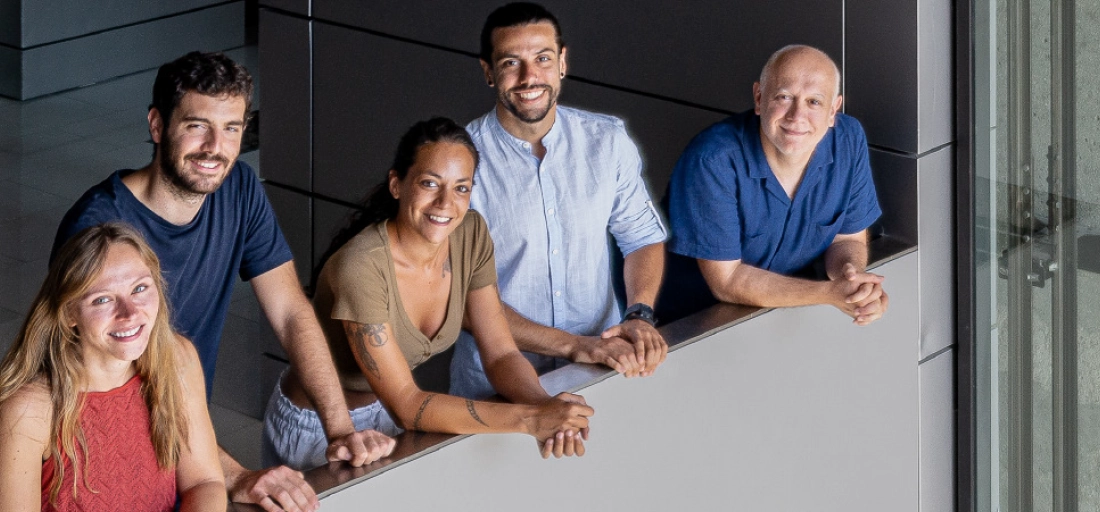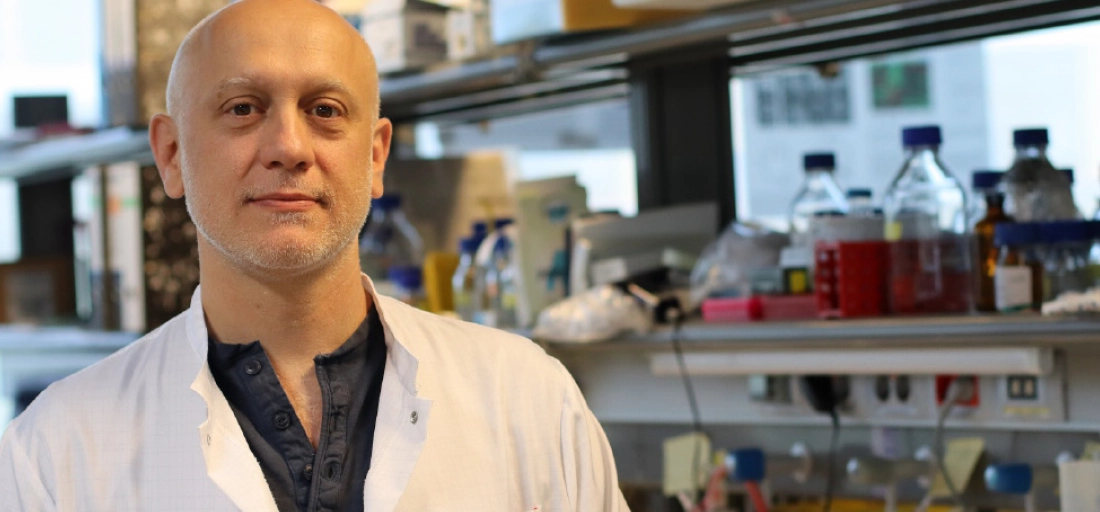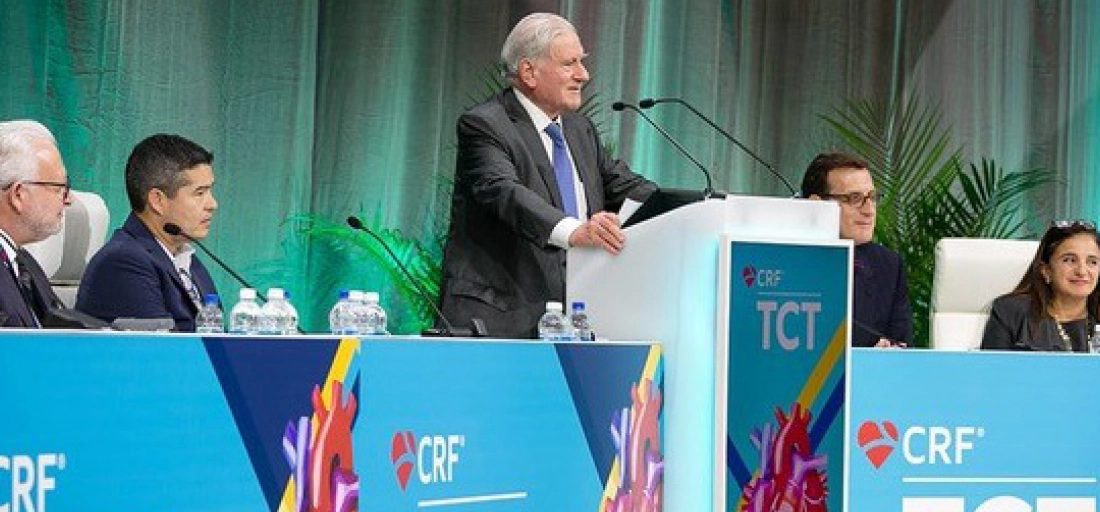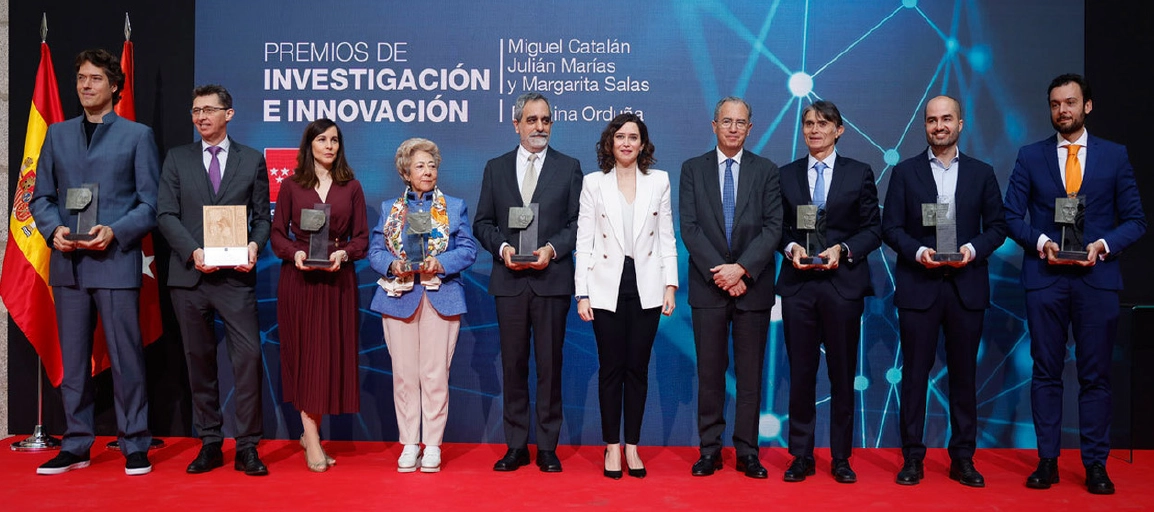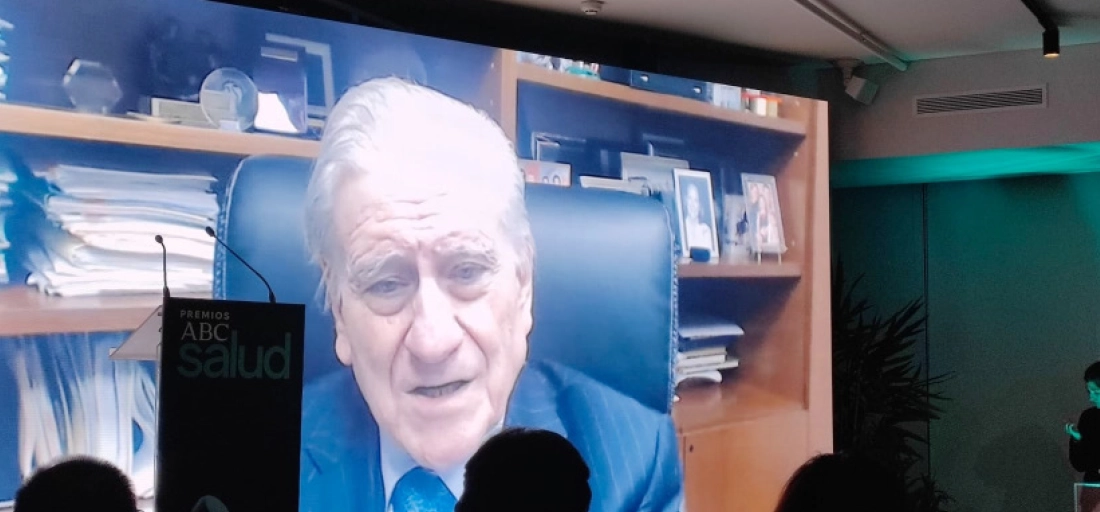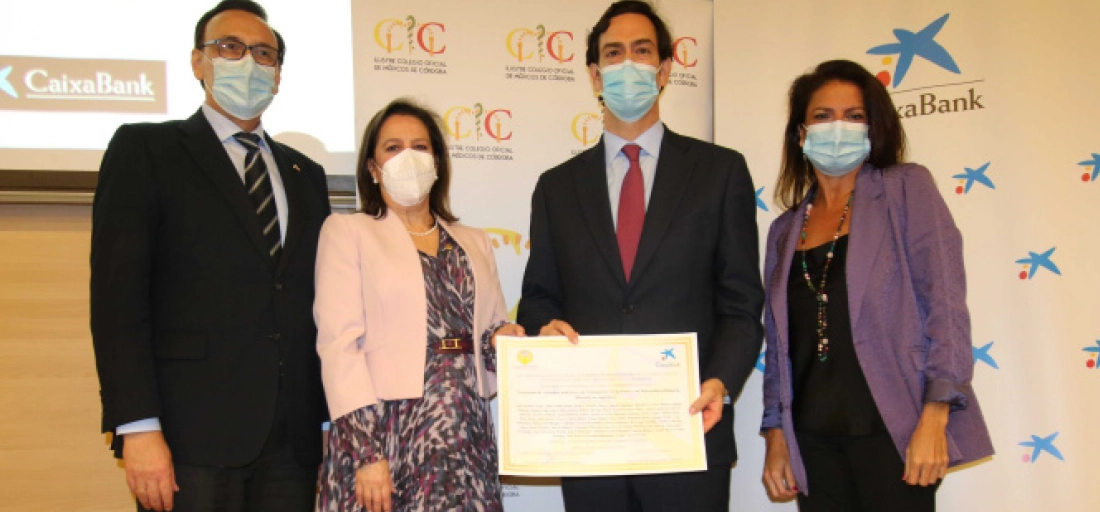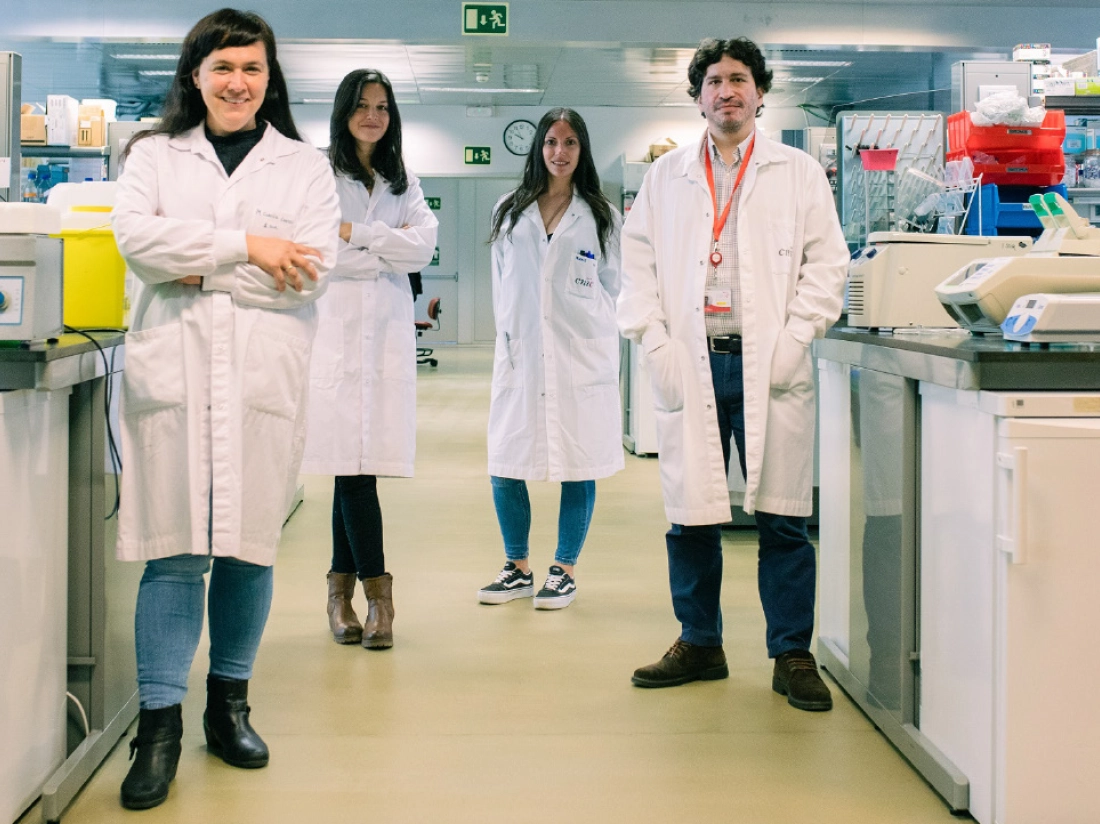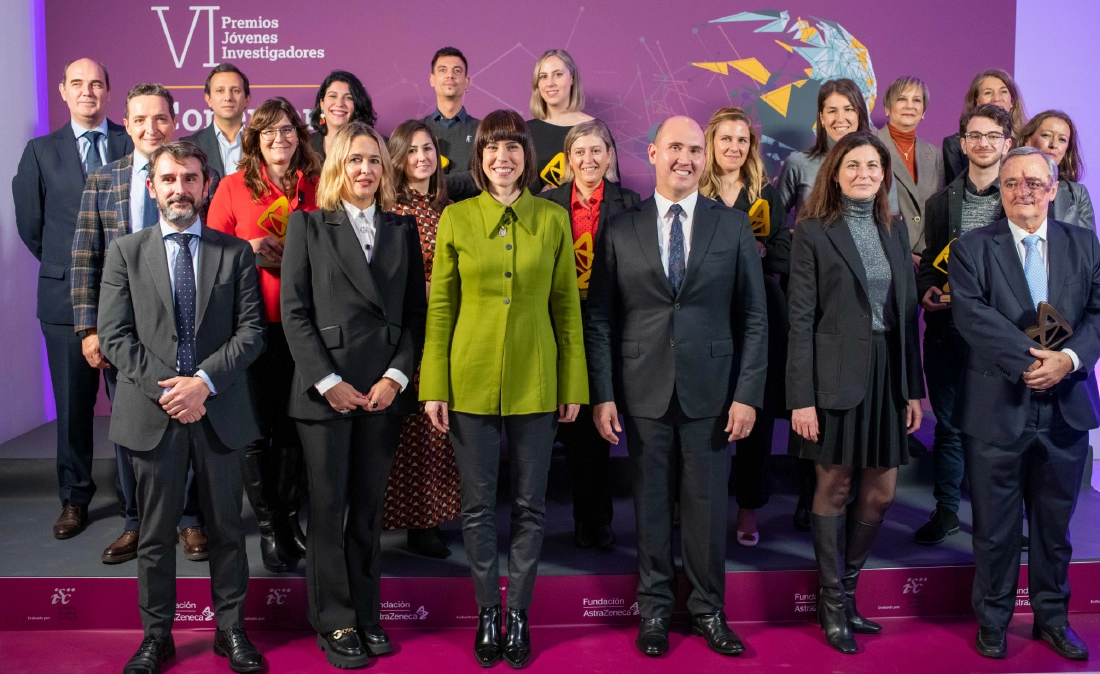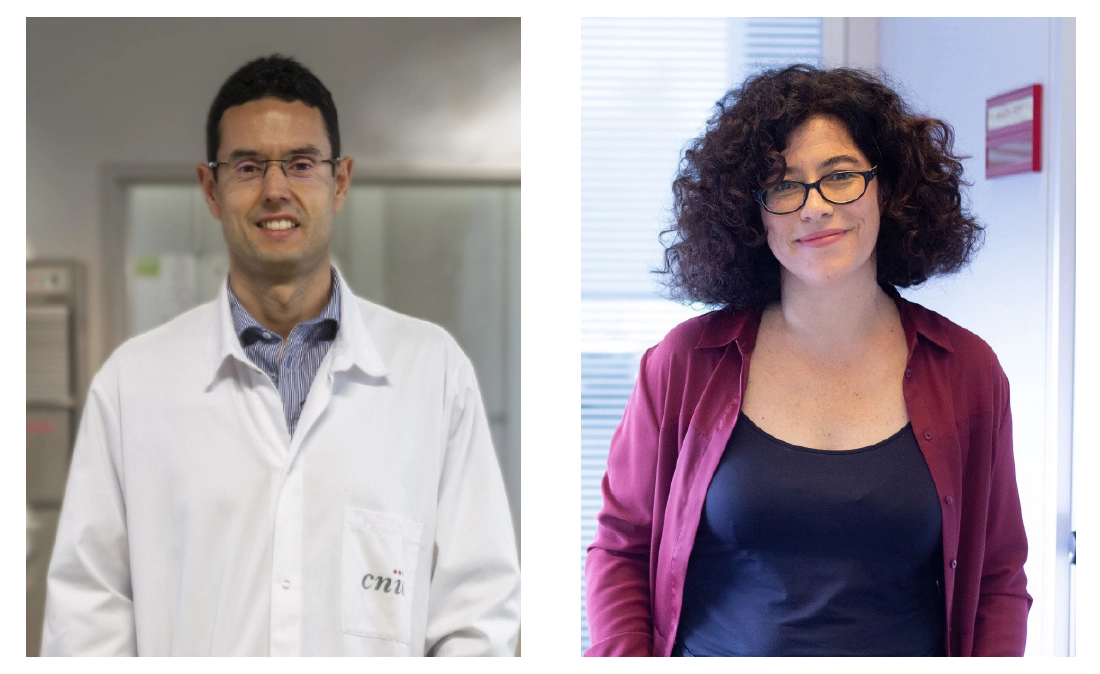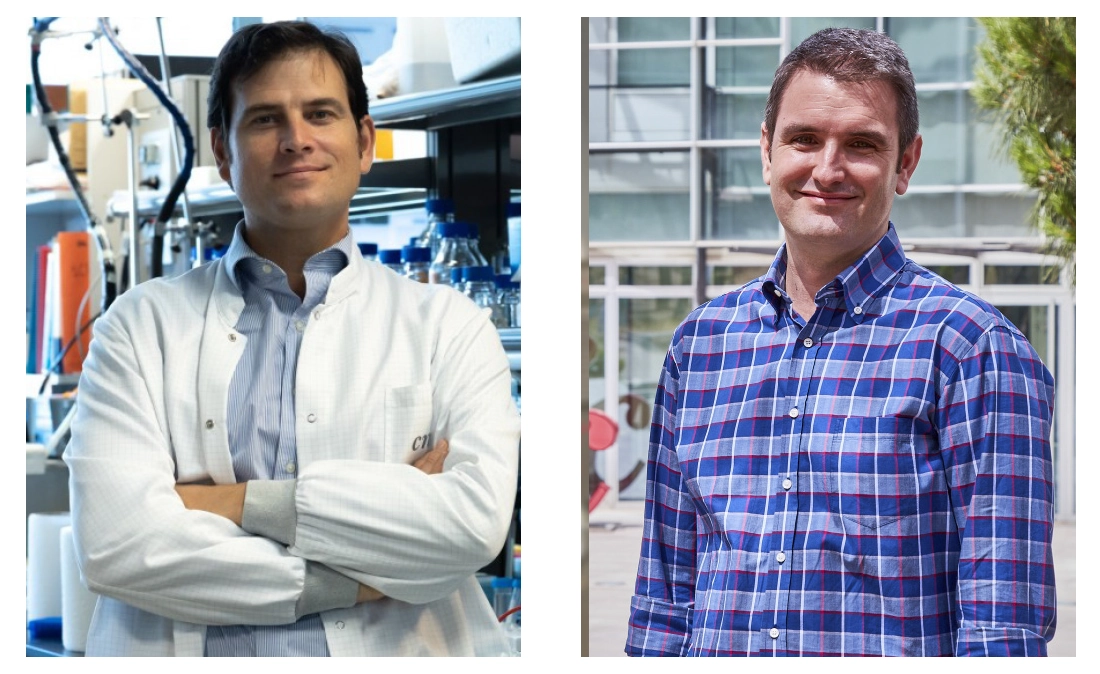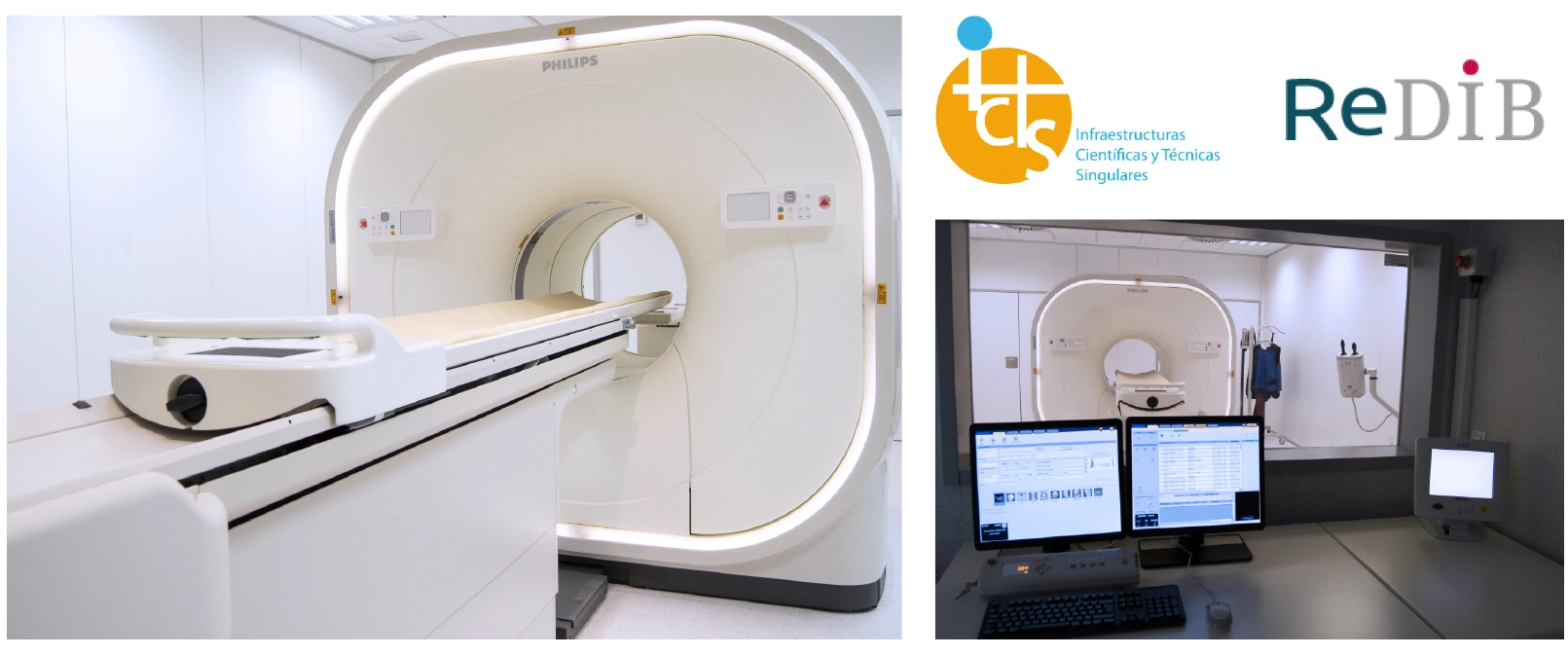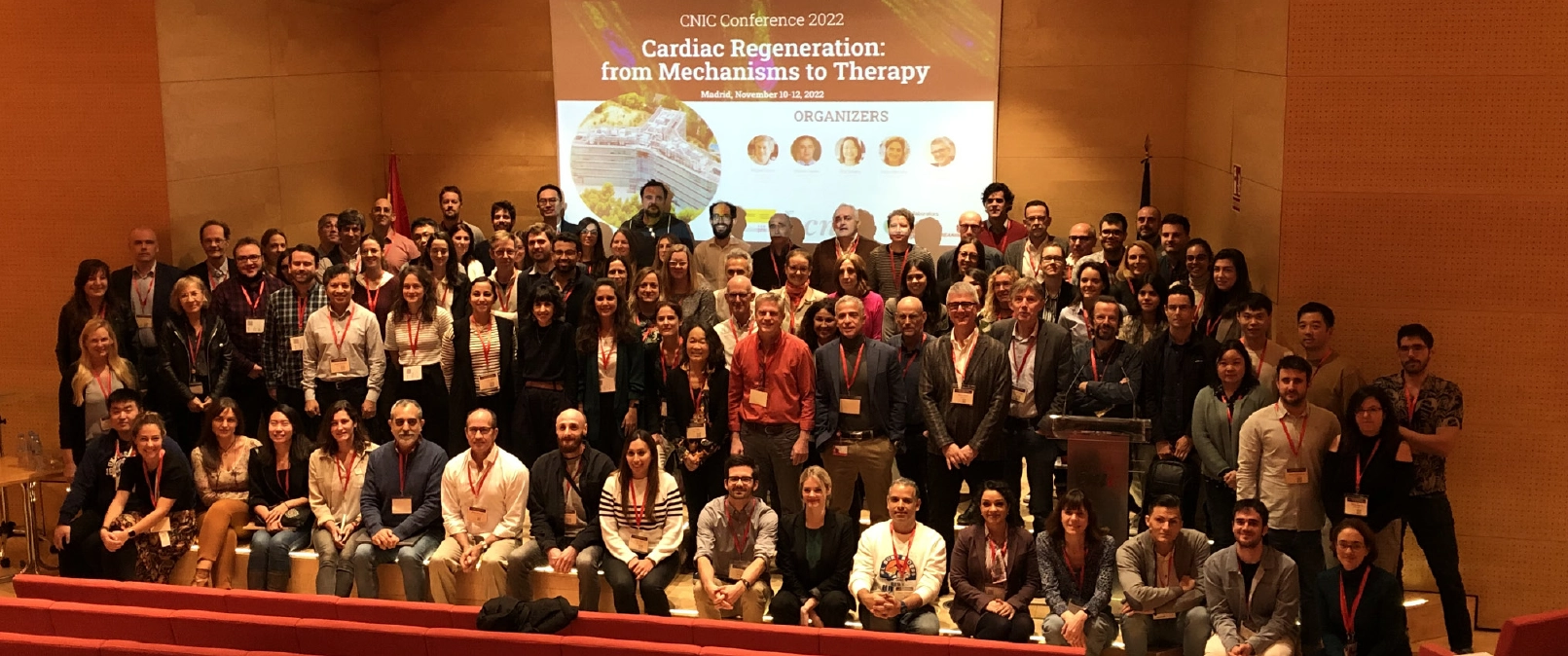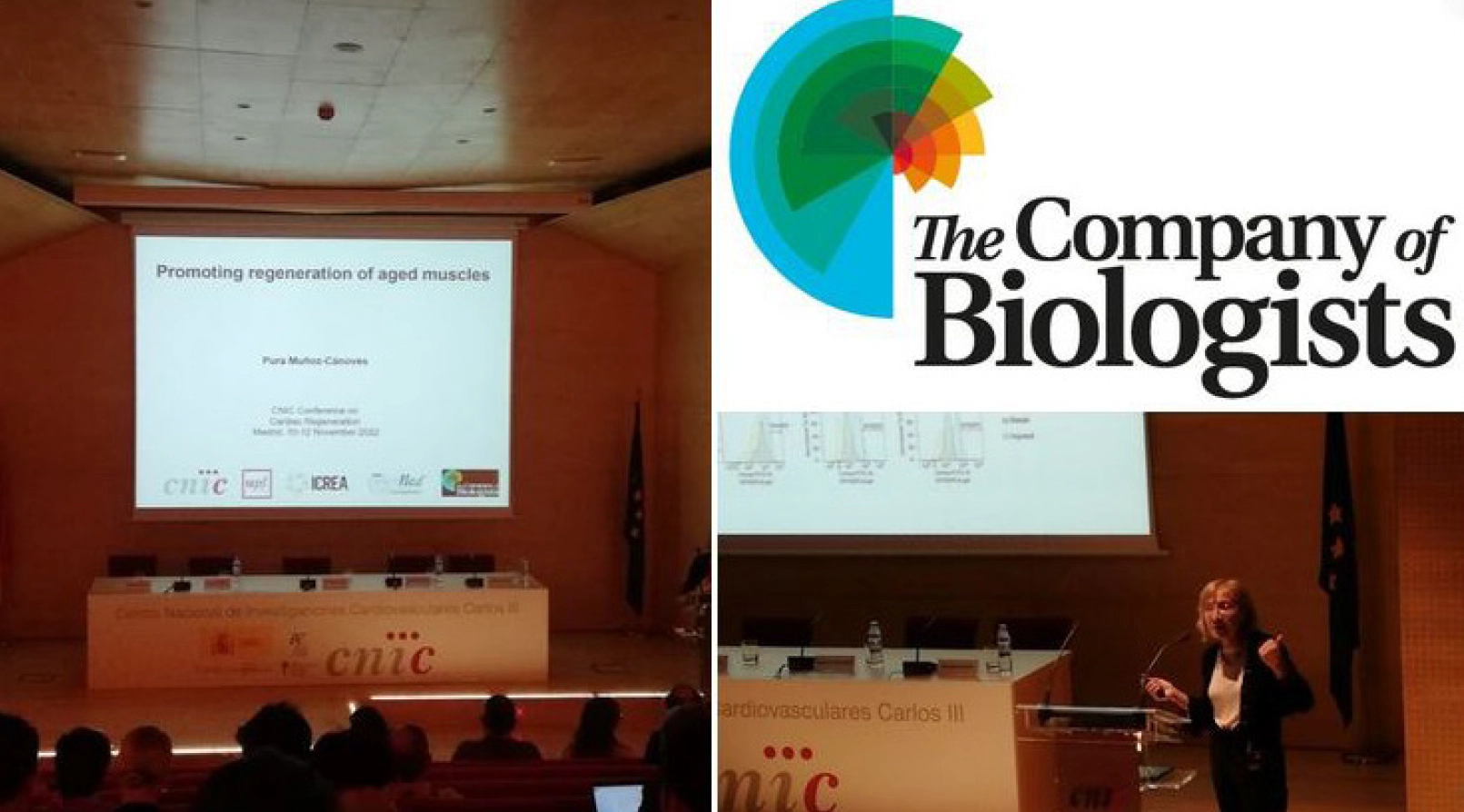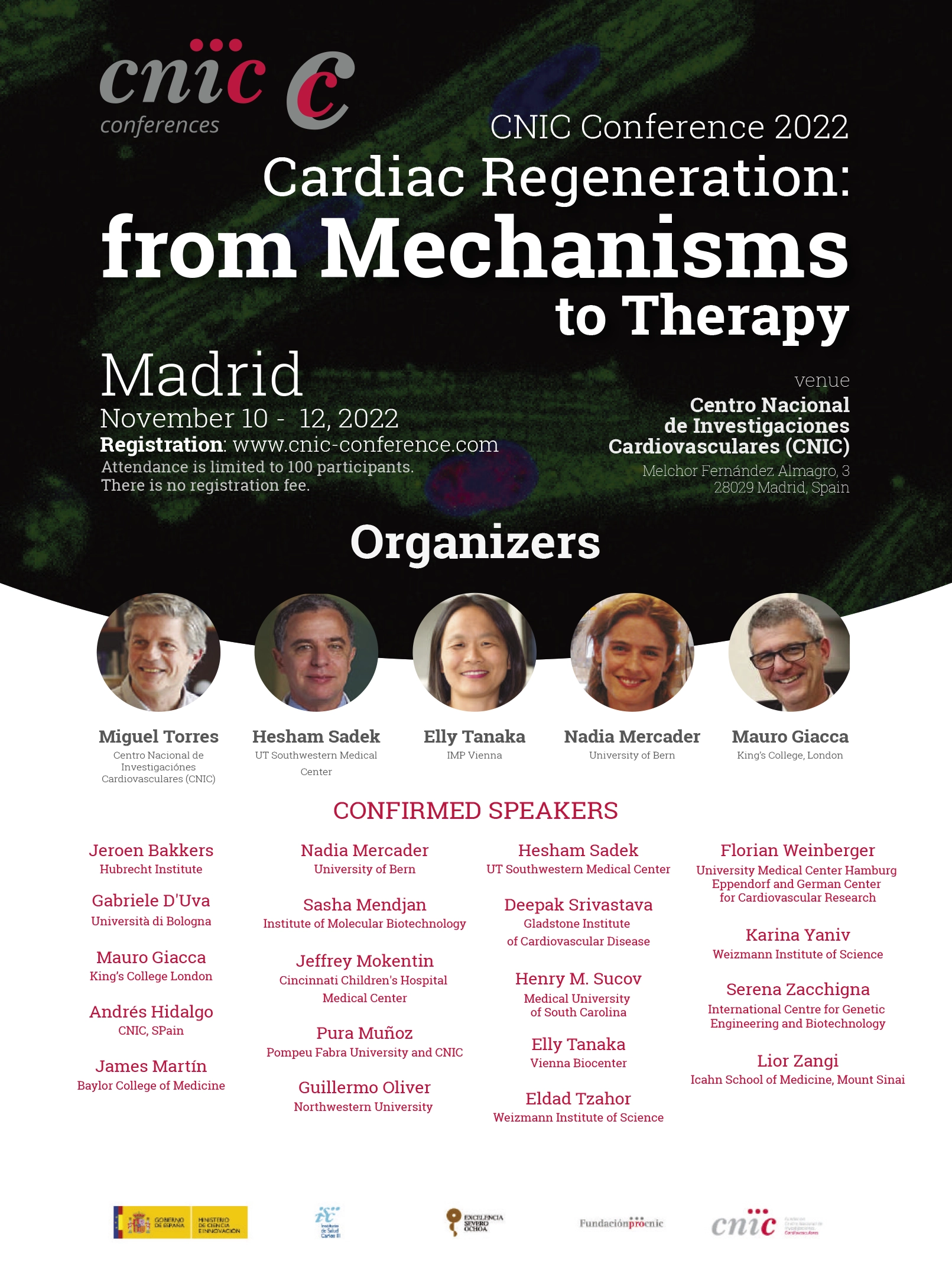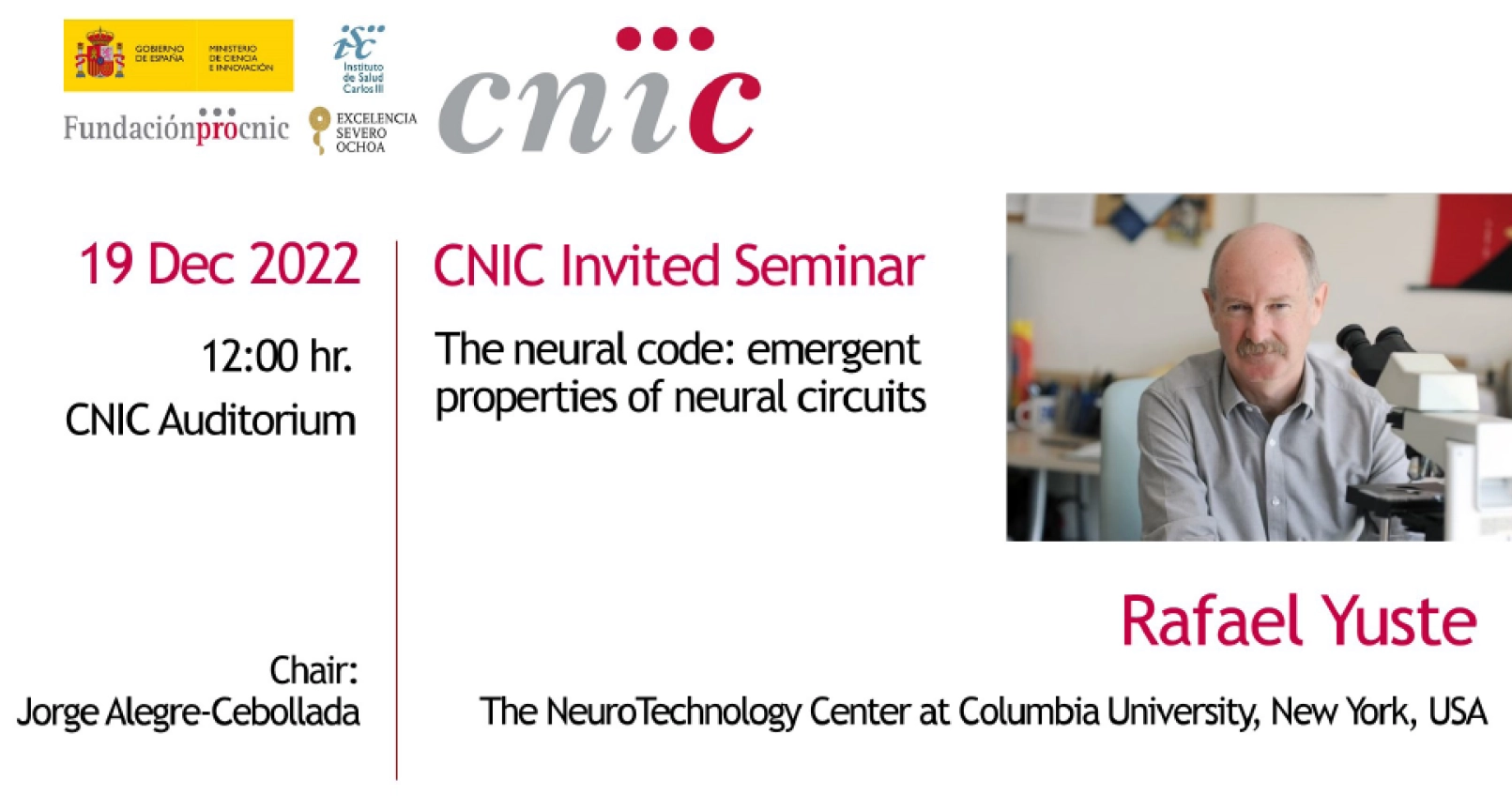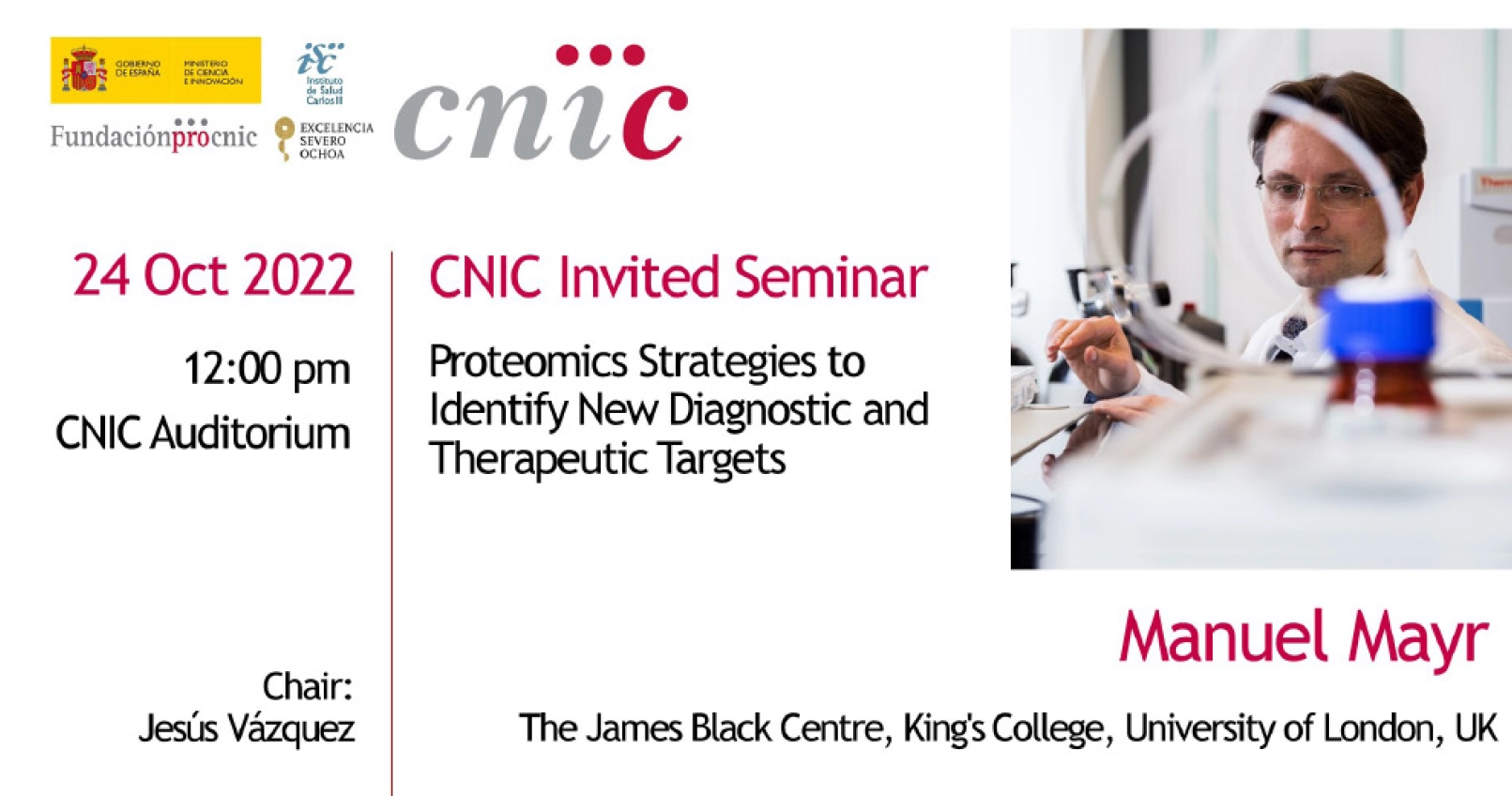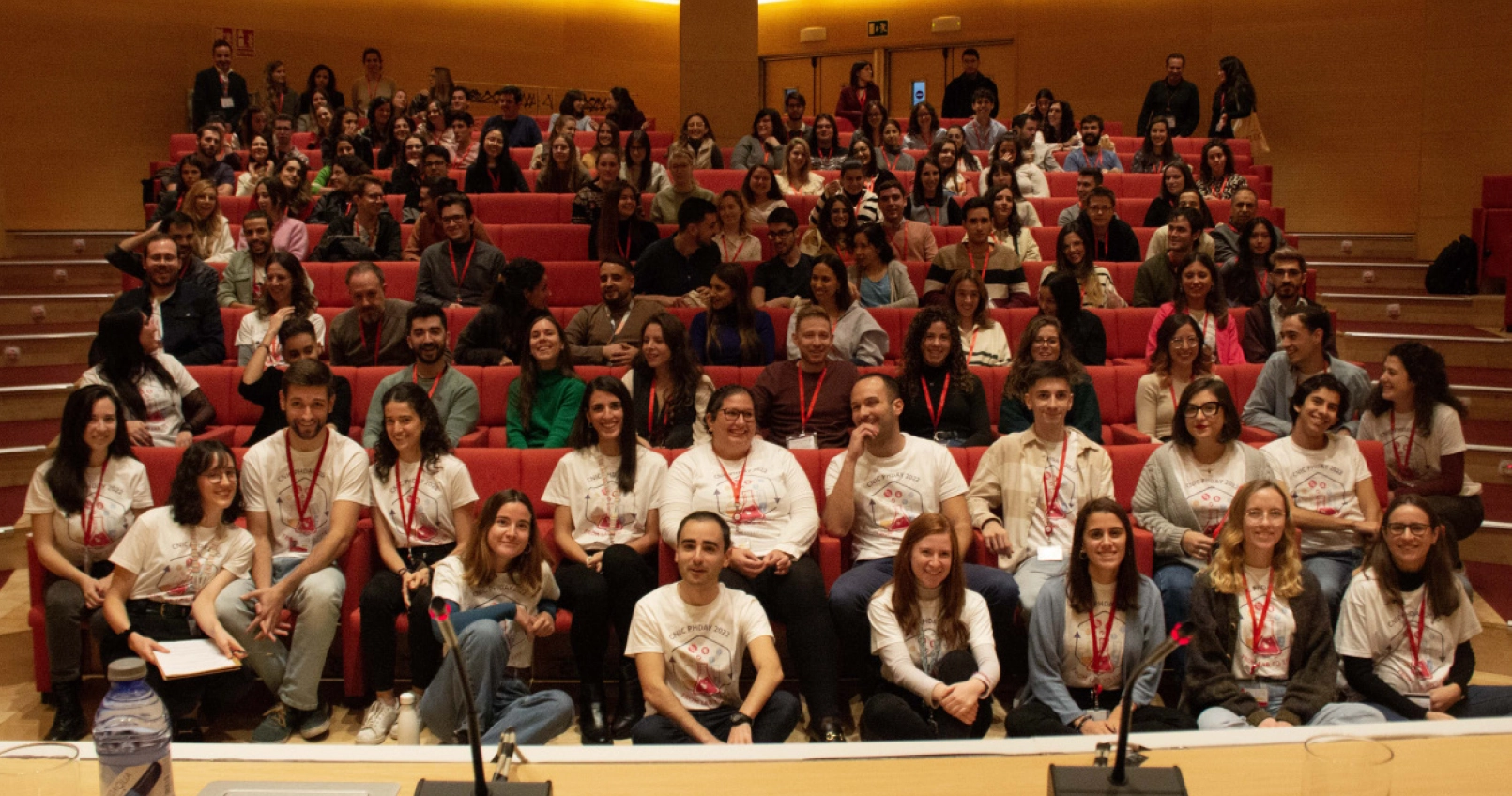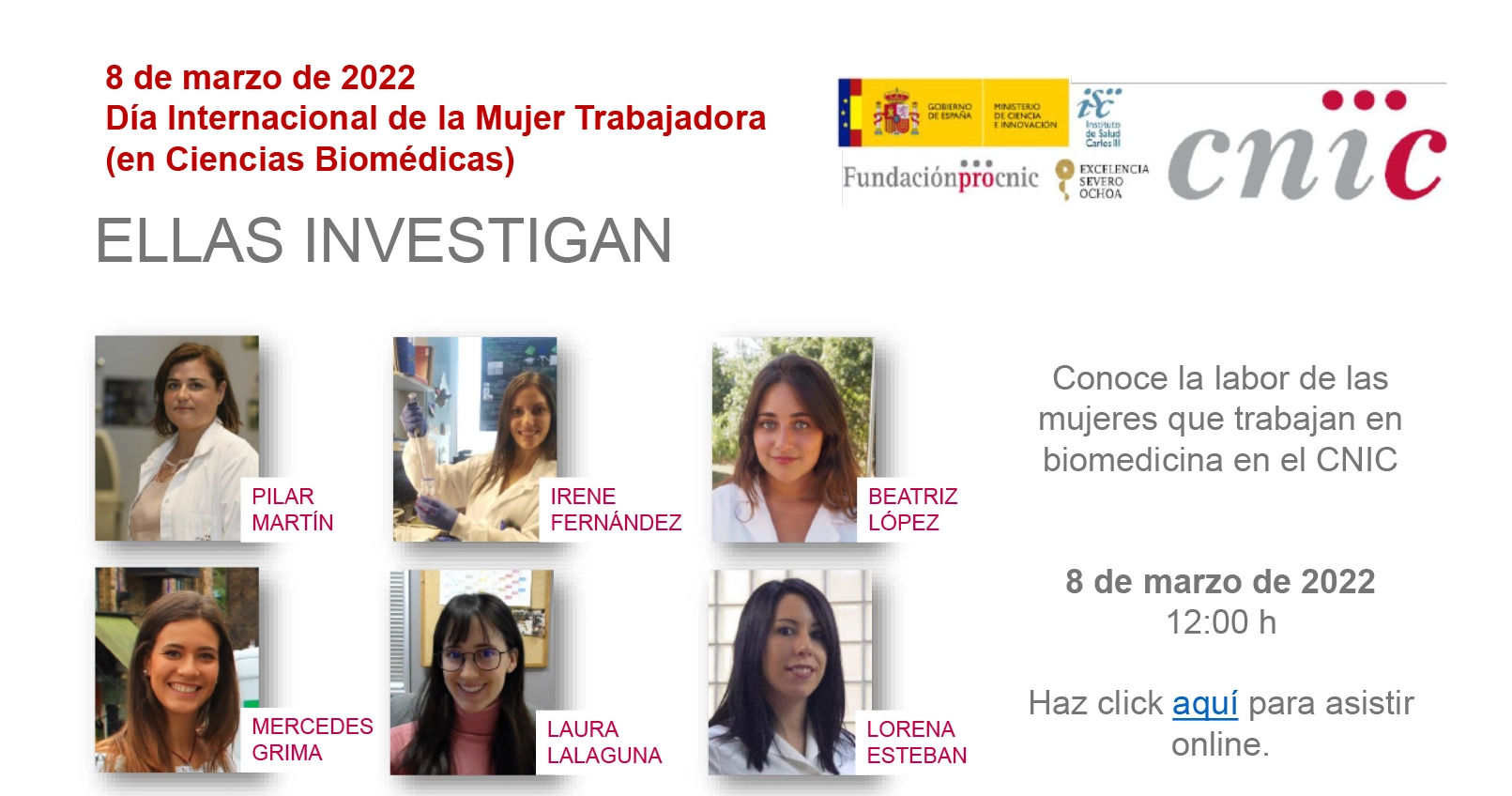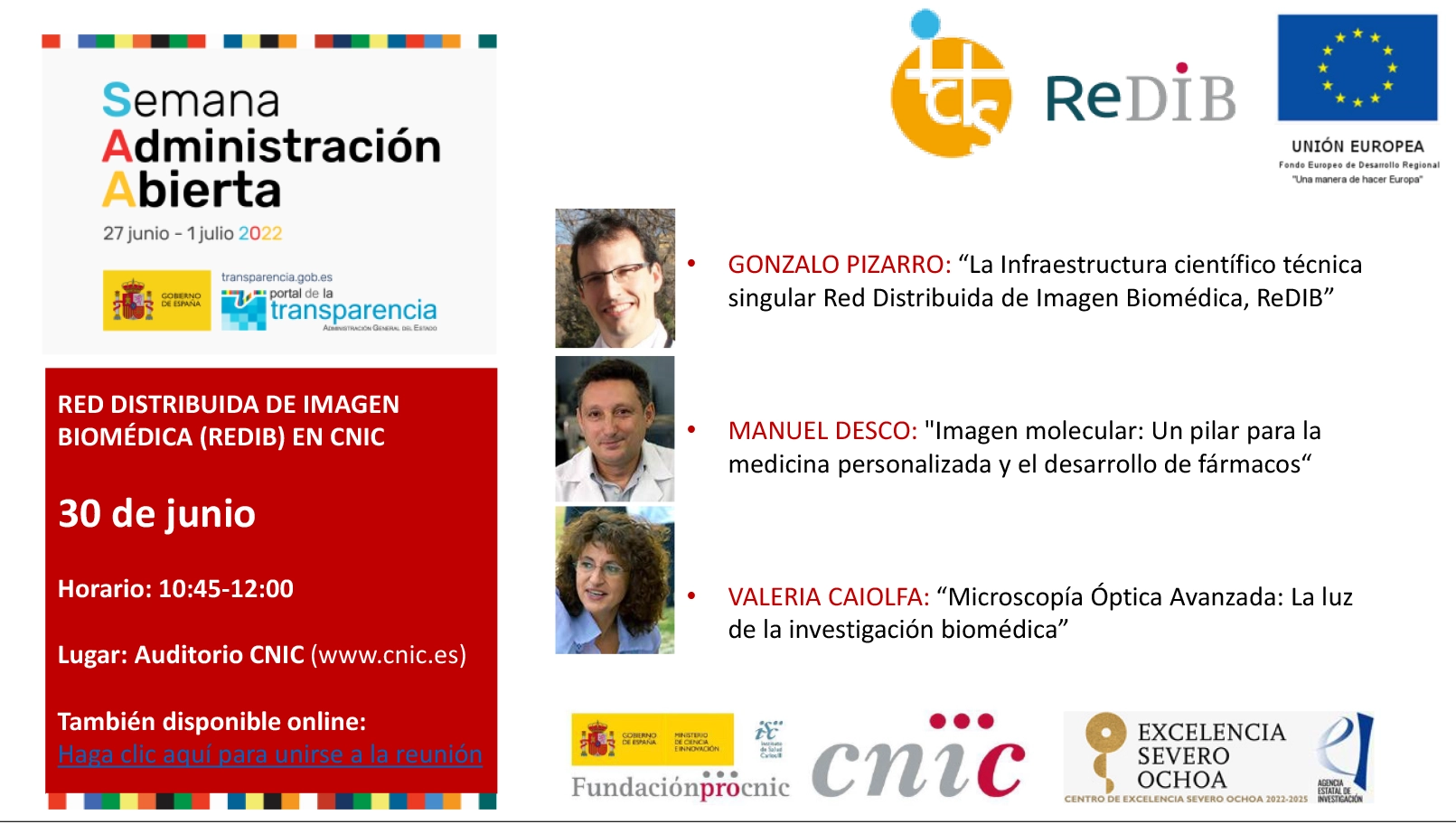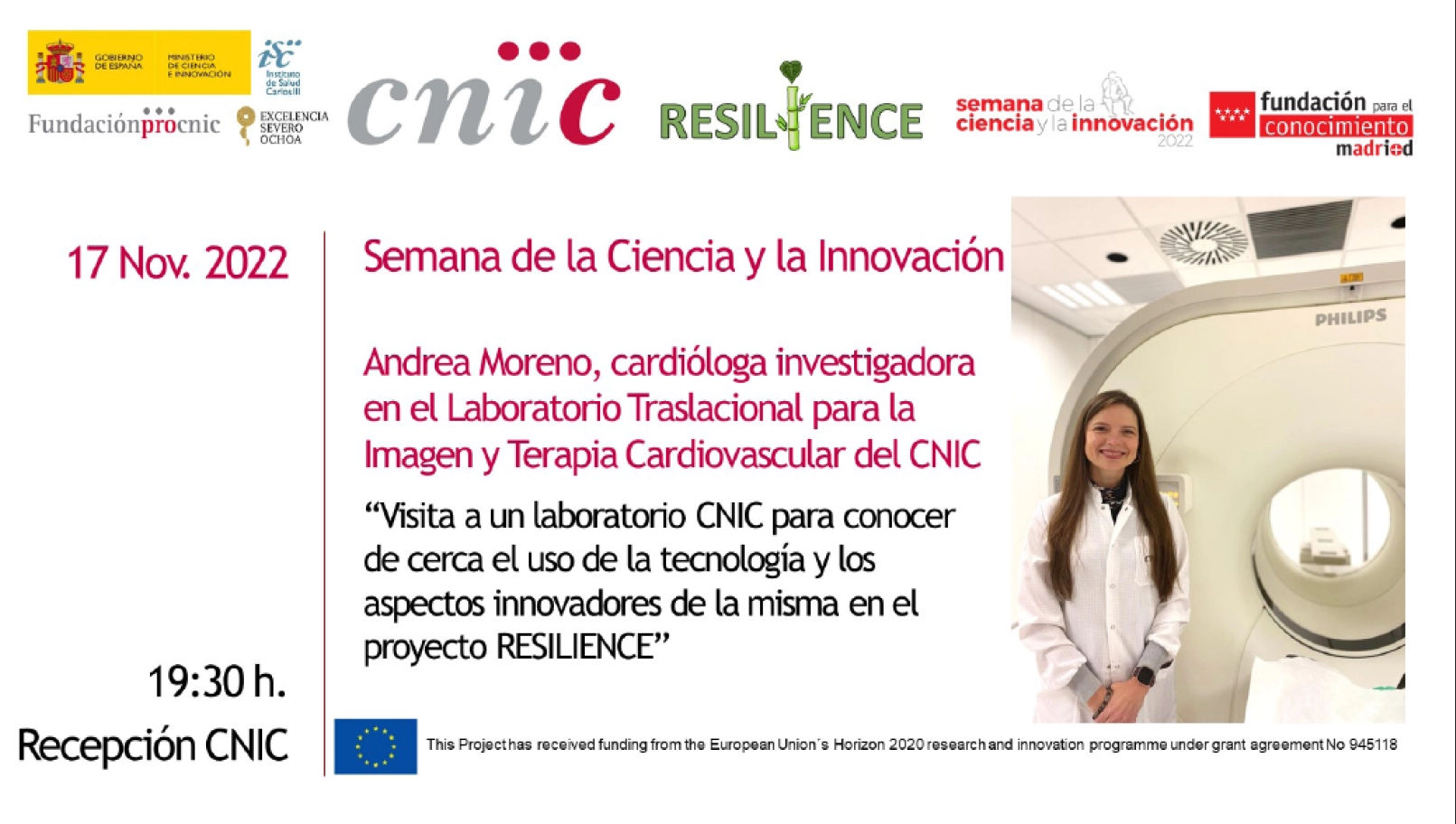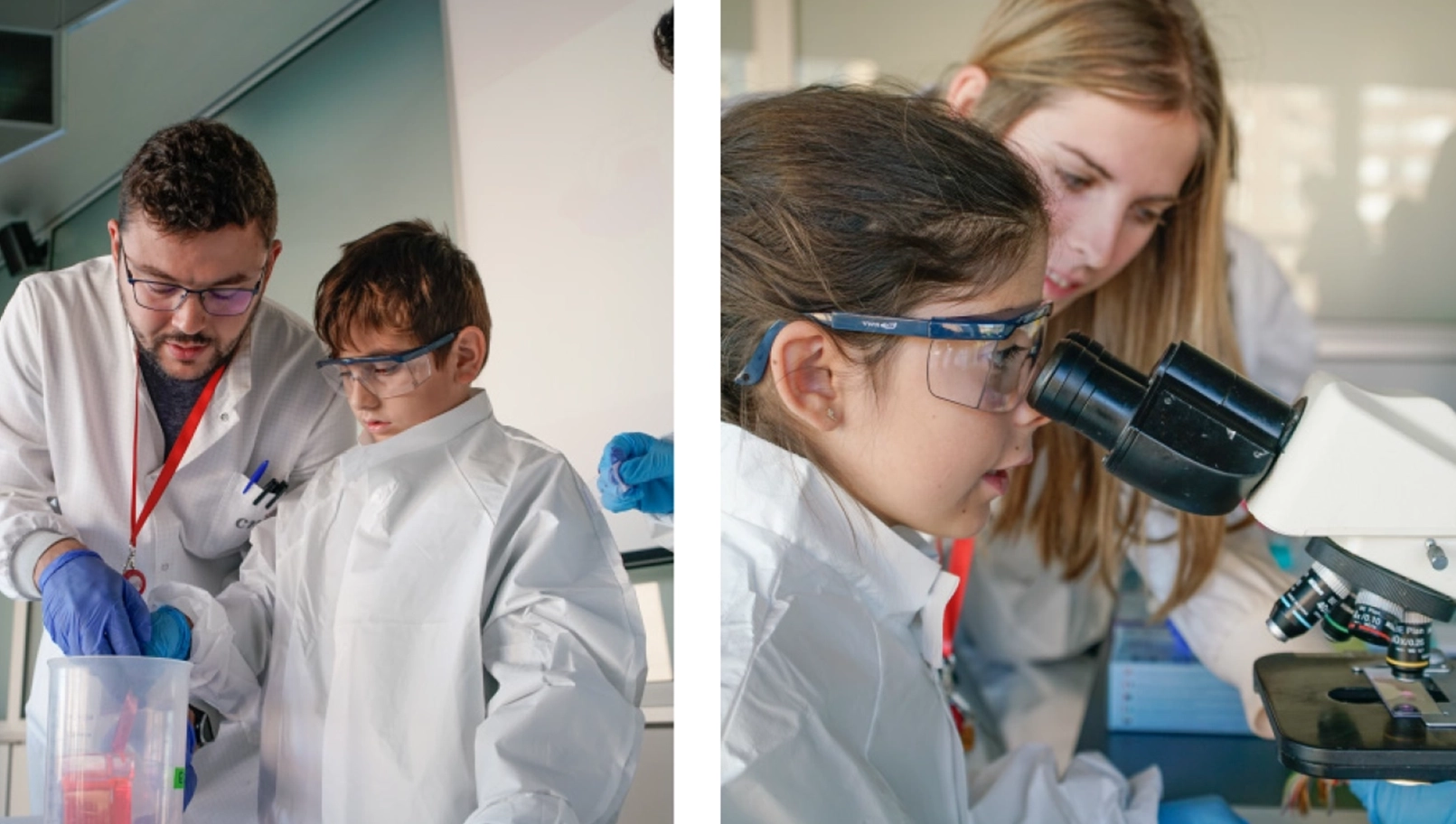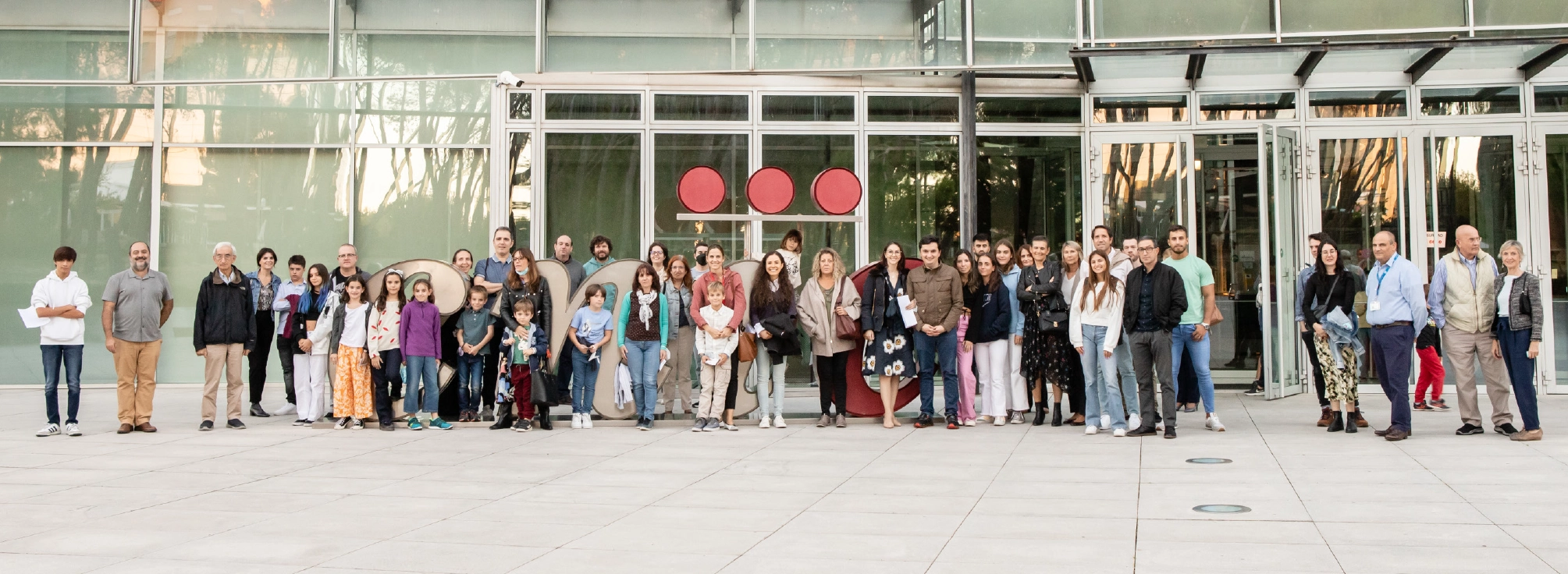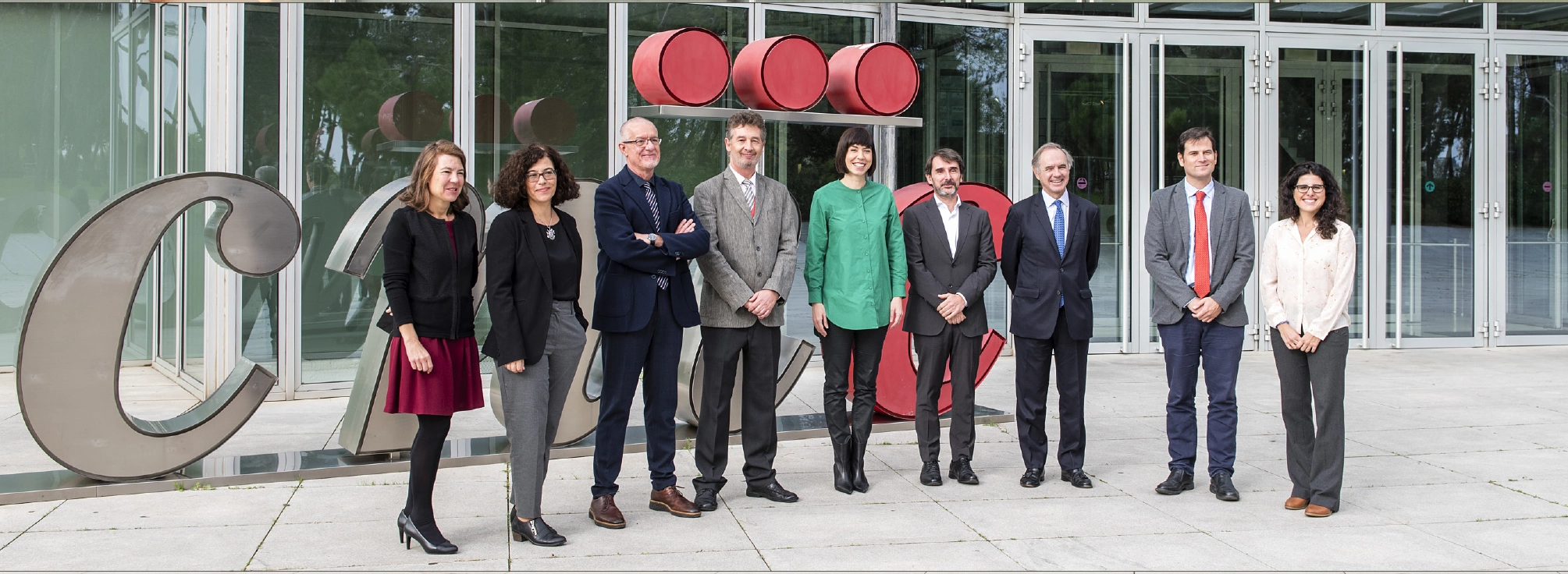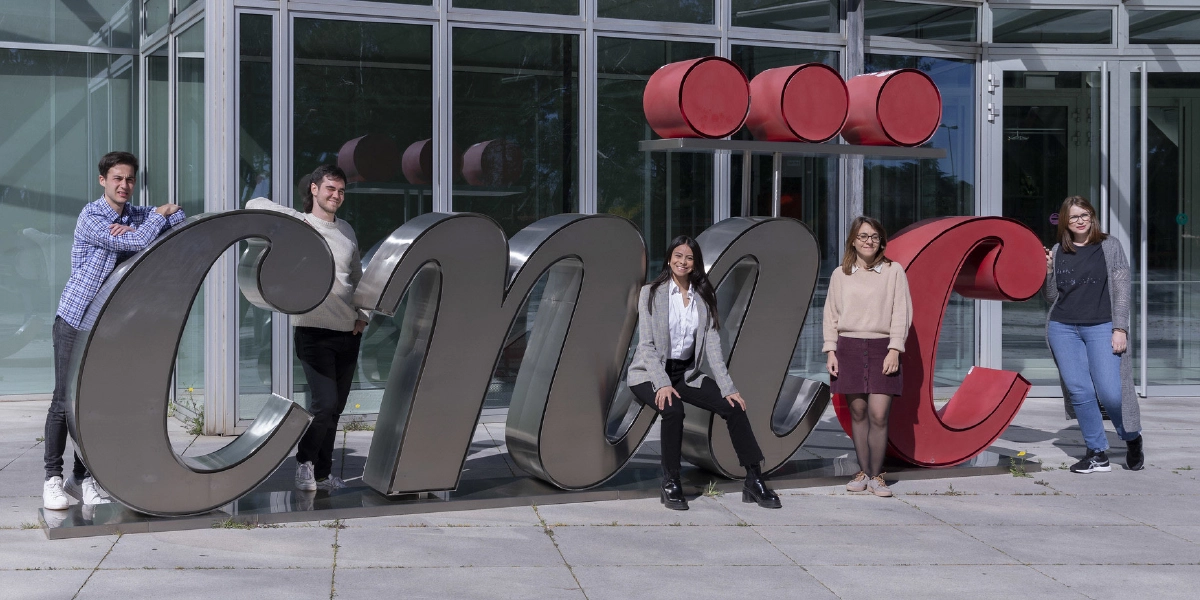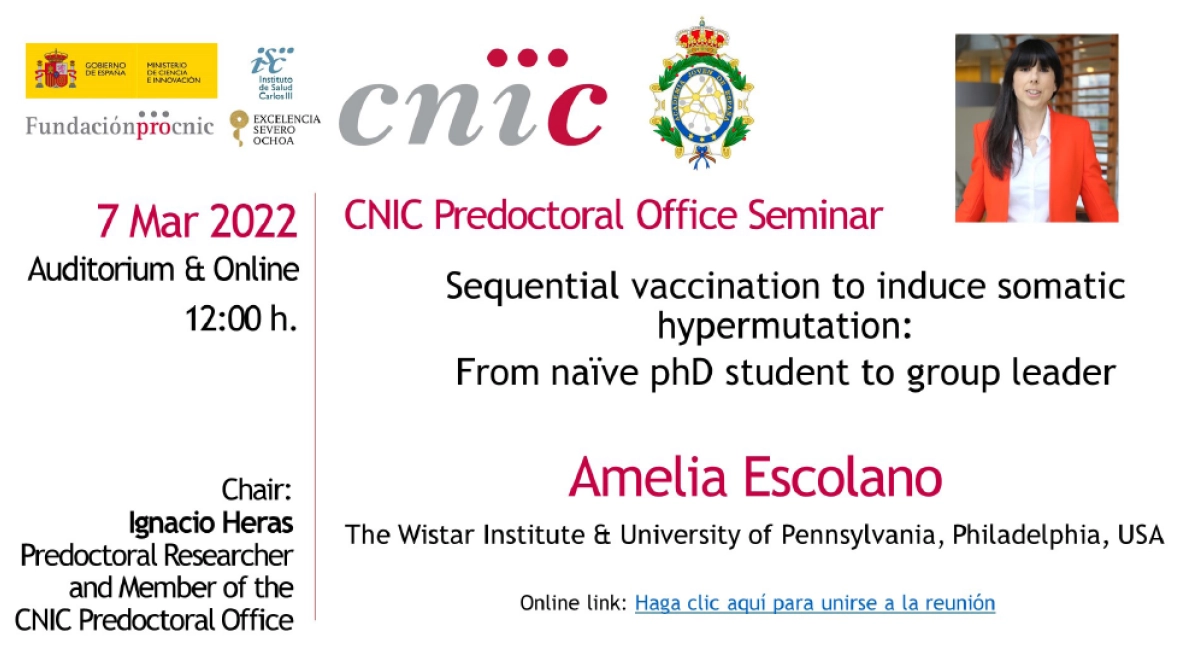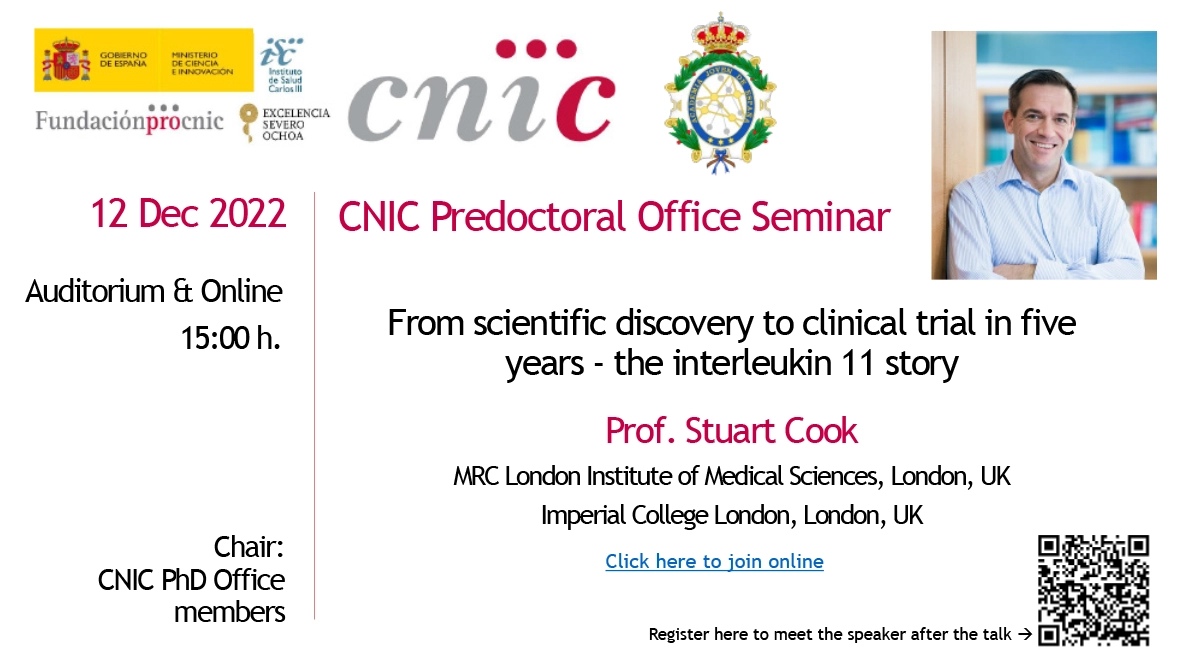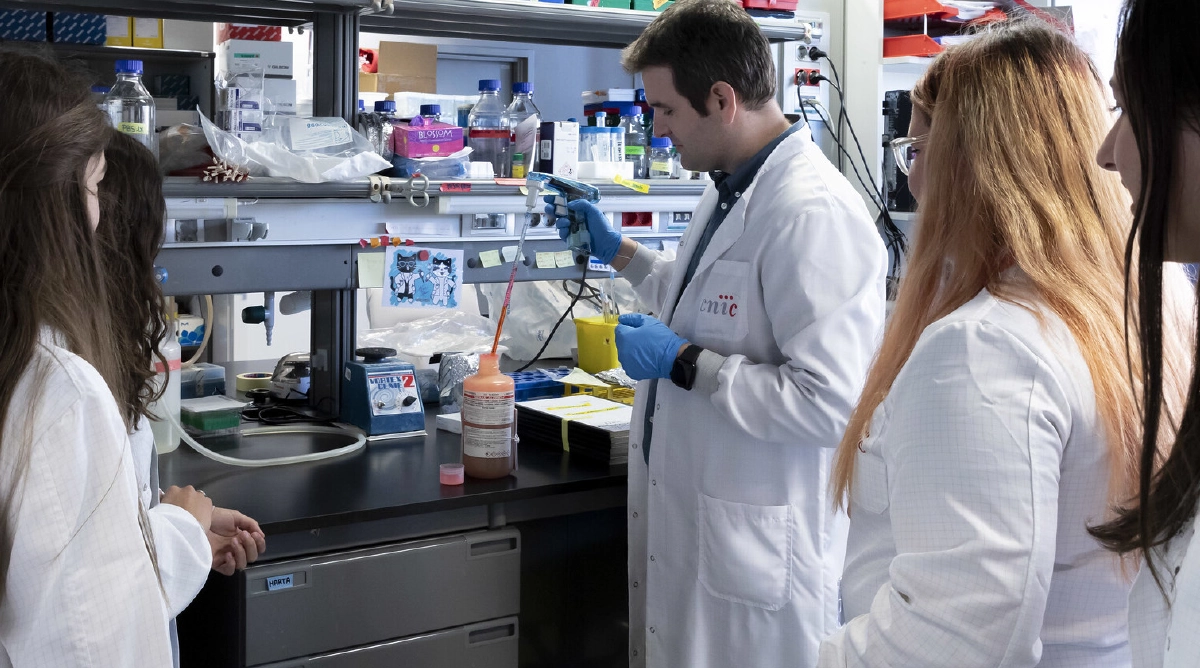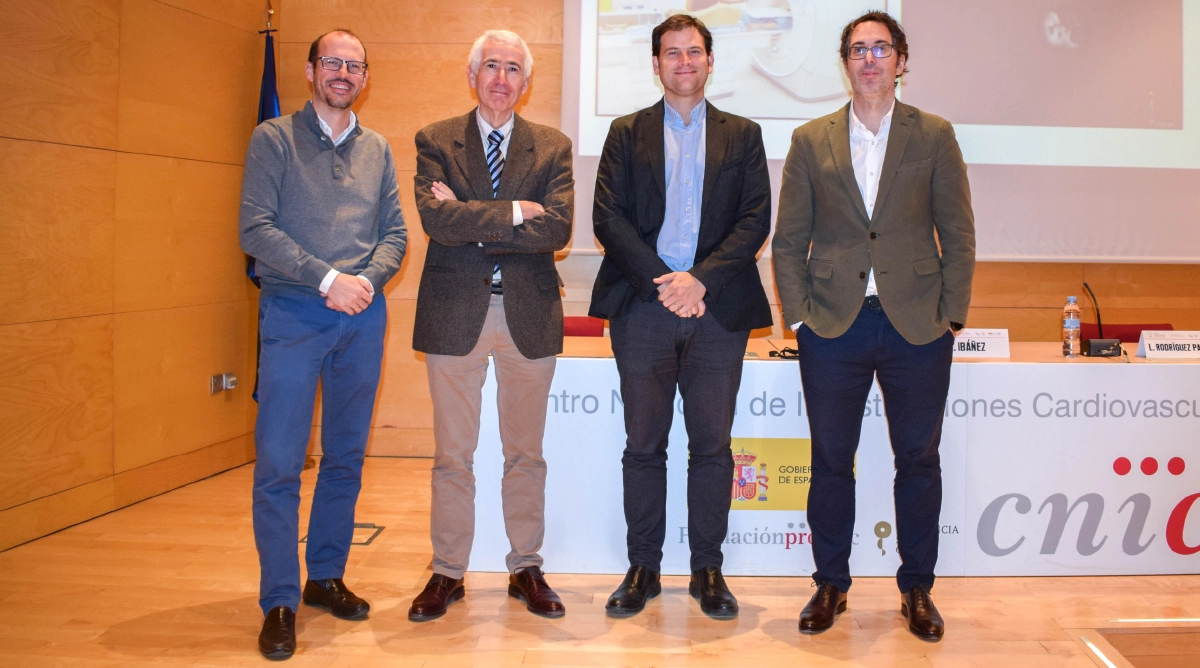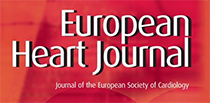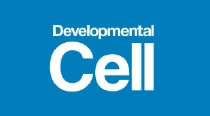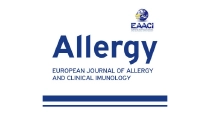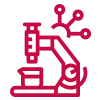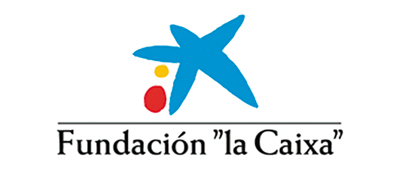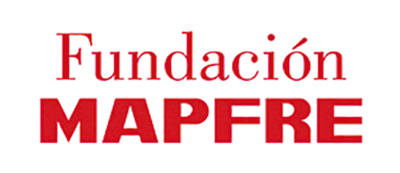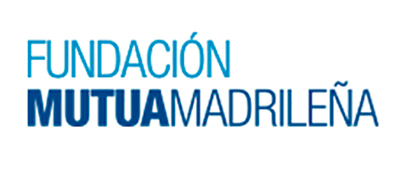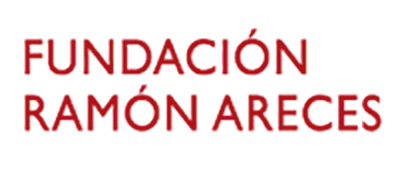3. Scientific Highlights
3. Scientific Highlights
by
Publication
date
Nature
CNIC scientists discover a cell behavior pattern that predicts
cardiovascular disease
Scientists led by Dr. Andrés Hidalgo at the CNIC have discovered
that circulating neutrophils acquire different behavior patterns during inflammatory
processes. The study, published in Nature, identifies a harmful neutrophil behavior
associated with cardiovascular disease.
Crainiciuc G, Palomino-Segura M, Molina-Moreno M, Sicilia
J, Aragones DG, Li JLY, Madurga R, Adrover JM, Aroca-Crevillén A, Martin-Salamanca S, Del Valle
AS, Castillo SD, Welch HCE, Soehnlein O, Graupera M, Sánchez-Cabo F, Zarbock A, Smithgall TE, Di
Pilato M, Mempel TR, Tharaux PL, González SF, Ayuso-Sacido A, Ng LG, Calvo GF, González-Díaz I,
Díaz-de-María F, Hidalgo A. Behavioural immune landscapes of inflammation. Nature. 2022
Jan;601(7893):415-421. https://doi.org/10.1038/s41586-021-04263-y
Nature Cardiovascular Research
Mutations acquired by blood cells are an indicator of cardiovascular
risk
Scientists at the CNIC and Columbia University, New York have
published a review article in Nature Cardiovascular Research examining the role of acquired
mutations linked to clonal hematopoiesis in cardiovascular disease.
Tall AR, Fuster JJ. Clonal hematopoiesis in
cardiovascular disease and therapeutic implications. Nat Cardiovasc Res. 2022 Feb;1(2):116-124.
https://doi.org/10.1038/s44161-021-00015-3
Nature Communications
CNIC scientists identify a shuttle protein required for the nuclear
import of proteins essential for organ growth and development
Organ growth and regeneration require the entry into the cell
nucleus of proteins that activate essential genes for these processes. This process is the
subject of a new study by CNIC scientists, led by Dr. Miguel Ángel del Pozo, who heads the
Mechanoadaptation and Caveolae Biology group, and group member Dr. Asier Echarri. The
scientists have identified the mechanism that controls the nuclear import of these proteins
in response to mechanical stimuli, such as the hemodynamic forces generated by arterial
blood flow, tumor rigidity, or locomotory movements during routine activities like walking
or sports.
García-García M, Sánchez-Perales S, Jarabo P, Calvo E,
Huyton T, Fu L, Ng SC, Sotodosos-Alonso L, Vázquez J, Casas-Tintó S, Görlich D, Echarri A, Del
Pozo MA. Mechanical control of nuclear import by Importin-7 is regulated by its dominant cargo
YAP. Nat Commun. 2022 Mar 4;13(1):1174. https://doi.org/10.1038/s41467-022-28693-y
Circulation
A CNIC study highlights the risks of mitochondrial therapeutic
interventions
Research carried out at the CNIC has demonstrated that mixing
mitochondrial DNAs (mtDNAs) of different origins can have damaging effects over the medium
and long term. mtDNA is a component of the genetic material that is transmitted exclusively
from mothers to their children.
Lechuga-Vieco AV, Latorre-Pellicer A, Calvo E, Torroja C,
Pellico J, Acín-Pérez R, García-Gil ML, Santos A, Bagwan N, Bonzon-Kulichenko E, Magni R, Benito
M, Justo-Méndez R, Simon AK, Sánchez-Cabo F, Vázquez J, Ruíz-Cabello J, Enríquez JA.
Heteroplasmy of Wild-Type Mitochondrial DNA Variants in Mice Causes Metabolic Heart Disease With
Pulmonary Hypertension and Frailty. Circulation. 2022 Apr 5;145(14):1084-1101.
https://doi.org/10.1161/CIRCULATIONAHA.121.056286
Journal of the American College of Cardiology: Cardiovascular Imaging
3D matrix ultrasound accurately identifies cardiovascular injury in
healthy individuals
A new imaging technique for real 3D vascular ultrasound could become
a key tool in strategies aimed at preventing cardiovascular disease in apparently healthy
persons, complementing traditional risk parameters such as cholesterol and high blood
pressure. The new results, published in JACC: Cardiovascular Imaging, show that real 3D
vascular ultrasound is reliable, accurate, and faster than previous methods for the
assessment of plaque volume in the carotid and femoral arteries.
López-Melgar B, Mass V, Nogales P, Sánchez-González J,
Entrekin R, Collet-Billon A, Rossello X, Fernández-Friera L, Fernández-Ortiz A, Sanz J, Bentzon
JF, Bueno H, Ibáñez B, Fuster V. New 3-Dimensional Volumetric Ultrasound Method for Accurate
Quantification of Atherosclerotic Plaque Volume. JACC Cardiovasc Imaging. 2022
Jun;15(6):1124-1135. https://doi.org/10.1016/j.jcmg.2022.01.005
European Heart Journal
Bone marrow contributes to the development of atherosclerosis
The activation of the bone marrow appears to play a key role in the
origin and development of atherosclerosis, the pathological process underlying
cardiovascular conditions such as myocardial infarction and stroke. A study carried out by
scientists at the CNIC and led by cardiologists Drs. Valentín Fuster and Borja Ibáñez
suggests that the bone marrow is activated in response to known cardiovascular risk factors.
In the study, published in the European Heart Journal, the researchers show that these risk
factors lead to an increase in the number of circulating inflammatory cells, which go on to
trigger the initiation and subsequent progression of atherosclerotic disease.
Devesa A, Lobo-González M, Martínez-Milla J, Oliva B,
García-Lunar I, Mastrangelo A, España S, Sanz J, Mendiguren JM, Bueno H, Fuster JJ, Andrés V,
Fernández-Ortiz A, Sancho D, Fernández-Friera L, Sanchez-Gonzalez J, Rossello X, Ibanez B,
Fuster V. Bone marrow activation in response to metabolic syndrome and early atherosclerosis.
Eur Heart J. 2022 May 14;43(19):1809-1828. https://doi.org/10.1093/eurheartj/ehac102
eBioMedicine
Scientists discover a new method for the early detection of
subclinical atherosclerosis
A study published in the journal eBioMedicine identifies new
biomarkers that predict the presence of subclinical atherosclerosis. The study was carried
out by scientists from the Spanish Cardiovascular Research Network (CIBERCV ) working at the
CNIC and the Instituto de Investigación Sanitaria-Fundación Jiménez Díaz-Universidad
Autónoma de Madrid (IIS-FJD-UAM), in partnership with other institutions.
Núñez E, Fuster V, Gómez-Serrano M, Valdivielso JM,
Fernández-Alvira JM, Martínez-López D, Rodríguez JM, Bonzon-Kulichenko E, Calvo E, Alfayate A,
Bermudez-Lopez M, Escola-Gil JC, Fernández-Friera L, Cerro-Pardo I, Mendiguren JM, Sánchez-Cabo
F, Sanz J, Ordovás JM, Blanco-Colio LM, García-Ruiz JM, Ibáñez B, Lara-Pezzi E, Fernández-Ortiz
A, Martín-Ventura JL, Vázquez J. Unbiased plasma proteomics discovery of biomarkers for improved
detection of subclinical atherosclerosis. EBioMedicine. 2022 Feb;76:103874.
https://doi.org/10.1016/j.ebiom.2022.103874
Redox Biology
CNIC scientists discover a new mechanism involved in the modulation
of heart muscle elasticity
Scientists at the CNIC, in collaboration with an international
scientific team, have described a new mechanism of modulation of the mechanical properties
of the heart, based on the oxidation of the protein titin, which is the main protein
responsible for the passive elasticity of the heart muscle.
Herrero-Galán E, Martínez-Martín I, Sánchez-González C,
Vicente N, Bonzón-Kulichenko E, Calvo E, Suay-Corredera C, Pricolo MR, Fernández-Trasancos Á,
Velázquez-Carreras D, Careaga CB, Abdellatif M, Sedej S, Rainer PP, Giganti D, Pérez-Jiménez R,
Vázquez J, Alegre-Cebollada J. Basal oxidation of conserved cysteines modulates cardiac titin
stiffness and dynamics. Redox Biol. 2022 Jun;52:102306.
https://doi.org/10.1016/j.redox.2022.102306
Nature Cardiovascular Research
A CNIC team creates a dynamic 3D atlas of the formation of the
embryonic heart
Scientists at the CNIC have used a collection of mouse tissue
samples to create a 3D atlas of the formation of the heart during embryonic and fetal
development. The 3D atlas has allowed the scientists to identify the first appearance of
left–right asymmetry in the heart. The study, published today in Nature Cardiovascular
Research, provides important information on the development of congenital heart
malformations.
Esteban I, Schmidt P, Desgrange A, Raiola M, Temiño S,
Meilhac SM, Kobbelt L, Torres M. Pseudodynamic analysis of heart tube formation in the mouse
reveals strong regional variability and early left–right asymmetry. Nat Cardiovasc Res. 2022
May;1: 504-517. https://doi.org/10.1038/s44161-022-00065-1
eLife
Study reveals how Duchenne muscular dystrophy causes heart rhythm
problems
Abnormalities in the proteins responsible for transmitting
electrical signals in the heart likely cause abnormal heart rhythms in patients with
Duchenne muscular dystrophy (DMD), shows a study published in eLife.
Jimenez-Vazquez EN, Arad M, Macías Á, Vera-Pedrosa ML,
Cruz FM, Gutierrez LK, Cuttita AJ, Monteiro da Rocha A, Herron TJ, Ponce-Balbuena D,
Guerrero-Serna G, Binah O, Michele DE, Jalife J. SNTA1 gene rescues ion channel function and is
antiarrhythmic in cardiomyocytes derived from induced pluripotent stem cells from muscular
dystrophy patients. Elife. 2022 Jun 28;11:e76576. https://doi.org/10.7554/eLife.76576
Hepatology
Immune cells in the liver regulate body temperature
A study published in Hepatology demonstrates that the activation of
thermogenesis in the livers of obese mice contributes to weight loss and improves diabetes
symptoms.
Crespo M, Nikolic I, Mora A, Rodríguez E, Leiva-Vega L,
Pintor-Chocano A, Horrillo D, Hernández-Cosido L, Torres JL, Novoa E, Nogueiras R, Medina-Gómez
G, Marcos M, Leiva M, Sabio G. Myeloid p38 activation maintains macrophage-liver crosstalk and
BAT thermogenesis through IL-12-FGF21 axis. Hepatology. Epub 2022. Hepatology. 2023 Mar
1;77(3):874-887. https://doi.org/10.1002/hep.32581
European Journal of Heart Failure
Spanish scientists combine genetic and imaging data to improve the
treatment of dilated cardiomyopathy
Combining a person’s genetic profile with imaging data obtained by
cardiac magnetic resonance accurately predicts the prognosis of patients with dilated
cardiomyopathy, the most frequent cause of heart failure.
Mirelis JG, Escobar-Lopez L, Ochoa JP, Espinosa MÁ,
Villacorta E, Navarro M, Casas G, Mora-Ayestarán N, Barriales-Villa R, Mogollón-Jiménez MV,
García-Pinilla JM, García-Granja PE, Climent V, Palomino-Doza J, García-Álvarez A,
Álvarez-Barredo M, Cabrera-Borrego E, Ripoll-Vera T, Peña-Peña ML, Rodríguez-González E,
Gallego-Delgado M, Gonzalez-Carrillo J, Fernández-Ávila A, Rodríguez-Palomares JF, Brugada R,
Bayes-Genis A, Dominguez F, García-Pavía P. Combination of late gadolinium enhancement and
genotype improves prediction of prognosis in non-ischaemic dilated cardiomyopathy. Eur J Heart
Fail. 2022 Jul;24(7):1183-1196. https://doi.org/10.1002/ejhf.2514
European Heart Journal
One change a day makes 365 changes in a year
Many cardiovascular disorders can be prevented by taking action to
reduce risk factors. Making even small behavioral changes and sticking with them over the
long term can help to preserve cardiovascular health. This is the conclusion of a study
conducted at the CNIC and published in the European Heart Journal. The study also
demonstrates that the workplace is an ideal setting for programs promoting the adoption of
heart-healthy habits and producing major health benefits.
Garcia-Lunar I, van der Ploeg HP, Fernández Alvira JM,
van Nassau F, Castellano Vázquez JM, van der Beek AJ, Rossello X, Fernández-Ortiz A, Coffeng J,
van Dongen JM, Mendiguren JM, Ibáñez B, van Mechelen W, Fuster V. Effects of a comprehensive
lifestyle intervention on cardiovascular health: the TANSNIP-PESA trial. Eur Heart J. 2022 Oct
11;43(38):3732-3745. https://doi.org/10.1093/eurheartj/ehac378
eLife
CNIC scientists uncover opposing roles of p38 proteins in cardiac
hypertrophy
A study carried out by scientists at the Centro Nacional de
Investigaciones Cardiovasculares (CNIC) and led by Dr. Guadalupe Sabio has identified a key
role for the MKK3/6–p38γ/δ signaling pathway in the development of cardiac hypertrophy. The
results, published in the journal eLife, suggest that inhibition of p38γ/δ could be a useful
therapeutic strategy for diseases such as hypertrophic cardiomyopathy; however, this avenue
remains unexplored because of the lack of specific inhibitors for these kinase enzymes. The
study also shows the opposite effect upon inhibition of another member of this protein
family, p38α, indicating that long-term clinical use of p38α inhibitors to treat chronic
disease risks damage to the heart.
Romero-Becerra R, Mora A, Manieri E, Nikolic I, Santamans
AM, Montalvo-Romeral V, Cruz FM, Rodríguez E, León M, Leiva-Vega L, Sanz L, Bondía V,
Filgueiras-Rama D, Jiménez-Borreguero LJ, Jalife J, Gonzalez-Teran B, Sabio G. MKK6 deficiency
promotes cardiac dysfunction through MKK3-p38γ/δ-mTOR hyperactivation. Elife. 2022 Aug
16;11:e75250. https://doi.org/10.7554/eLife.75250
Cell Stem Cell
Researchers at CNIC, UPF, ICREA, CIBERNED and CIBERFES identify a
mechanism that maintains mitochondria function in muscle stem cells and that can be
stimulated in old age
Researchers at the Centro Nacional de Investigaciones
Cardiovasculares (CNIC), Universidad Pompeu Fabra, ICREA, Centro de Investigación Biomédica
de Enfermedades Neurodegenerativas (CIBERNED) and Centro de Investigación Biomédica en Red
Fragilidad y Envejecimiento Saludable (CIBERFES) have identified a physiological mechanism
that sustains the regenerative capacity of muscle stem cells, and that fails at old age.
This failure can be overcome genetically and pharmacologically, hence restoring old stem
cell regenerative functions.
Hong X, Isern J, Campanario S, Perdiguero E,
Ramírez-Pardo I, Segalés J, Hernansanz-Agustín P, Curtabbi A, Deryagin O, Pollán A,
González-Reyes JA, Villalba JM, Sandri M, Serrano AL, Enríquez JA, Muñoz-Cánoves P.
Mitochondrial dynamics maintain muscle stem cell regenerative competence throughout adult life
by regulating metabolism and mitophagy. Cell Stem Cell. 2022 Sep 1;29(9):1298-1314.e10.
https://doi.org/10.1016/j.stem.2022.07.009
The New England Journal of Medicine
The polypill reduces cardiovascular mortality by 33% in patients
treated after myocardial infarction
The polypill developed by the Centro Nacional de Investigaciones
Cardiovasculares (CNIC) and Ferrer, which includes three drugs (aspirin, an
angiotensin-converting enzyme (ACE) inhibitor, and a statin), is effective at preventing
secondary adverse cardiovascular events in people who have previously had a heart attack.
The polypill reduces mortality from cardiovascular causes in this population by 33%.
Castellano JM, Pocock SJ, Bhatt DL, Quesada AJ, Owen R,
Fernandez-Ortiz A, Sanchez PL, Marin Ortuño F, Vazquez Rodriguez JM, Domingo-Fernández A, Lozano
I, Roncaglioni MC, Baviera M, Foresta A, Ojeda-Fernandez L, Colivicchi F, Di Fusco SA, Doehner
W, Meyer A, Schiele F, Ecarnot F, Linhart A, Lubanda JC, Barczi G, Merkely B, Ponikowski P,
Kasprzak M, Fernandez Alvira JM, Andres V, Bueno H, Collier T, Van de Werf F, Perel P,
Rodriguez-Manero M, Alonso Garcia A, Proietti M, Schoos MM, Simon T, Fernandez Ferro J, Lopez N,
Beghi E, Bejot Y, Vivas D, Cordero A, Ibañez B, Fuster V; SECURE Investigators. Polypill
Strategy in Secondary Cardiovascular Prevention. N Engl J Med. 2022 Sep 15;387(11):967-977.
https://doi.org/10.1056/NEJMoa2208275
Journal of the American College of Cardiology
Scientists at the CNIC and Hospital Puerta de Hierro develop a tool
to determine if dilated cardiomyopathy has a genetic origin
Scientists at the CNIC and Hospital Universitario Puerta de Hierro
Majadahonda have developed a software application that predicts the likelihood that a case
of dilated cardiomyopathy is caused by a genetic mutation. The research was carried out in
collaboration with hospitals in Spain, Italy, and the Netherlands. The findings, published
in the Journal of the American College of Cardiology (JACC), will allow physicians to adjust
the treatment of dilated cardiomyopathy patients appropriately and to identify family
members who have also inherited the disease. The software application is available online at
www.madriddcmscore.com.
Escobar-Lopez L, Ochoa JP, Royuela A, Verdonschot JAJ,
Dal Ferro M, Espinosa MA, Sabater-Molina M, Gallego-Delgado M, Larrañaga-Moreira JM,
Garcia-Pinilla JM, Basurte-Elorz MT, Rodríguez-Palomares JF, Climent V, Bermudez-Jimenez FJ,
Mogollón-Jiménez MV, Lopez J, Peña-Peña ML, Garcia-Alvarez A, López-Abel B, Ripoll-Vera T,
Palomino-Doza J, Bayes-Genis A, Brugada R, Idiazabal U, Mirelis JG, Dominguez F, Henkens MTHM,
Krapels IPC, Brunner HG, Paldino A, Zaffalon D, Mestroni L, Sinagra G, Heymans SRB, Merlo M,
Garcia-Pavia P. Clinical Risk Score to Predict Pathogenic Genotypes in Patients With Dilated
Cardiomyopathy. J Am Coll Cardiol. 2022 Sep 20;80(12):1115-1126.
https://doi.org/10.1016/j.jacc.2022.06.040
Cellular and Molecular Life Sciences
New mechanism linking inflammation and pathologic cardiovascular
remodeling
The immune-inflammatory response contributes to the pathological
remodeling of arteries in various cardiovascular diseases. Research published in CMLS has
shed new light on one of the mechanisms linking the immune-inflammatory response to vascular
disease by describing the key role played by the early lymphocyte activation antigen CD69.
Jiménez-Fernández M, Rodríguez-Sinovas C, Cañes L,
Ballester-Servera C, Vara A, Requena S, de la Fuente H, Martínez-González J, Sánchez-Madrid F.
CD69-oxLDL ligand engagement induces Programmed Cell Death 1 (PD-1) expression in human CD4 + T
lymphocytes. Cell Mol Life Sci. 2022 Aug 5;79(8):468.
https://doi.org/10.1007/s00018-022-04481-1
British Journal of Pharmacology
CNIC scientists identify a neuroprotective action of metoprolol after
a stroke
A drug costing just €2 a shot can protect the brain during a stroke
and greatly reduce long-term incapacity. Metoprolol, a beta-blocker in routine use in
cardiology for more than 40 years, has now been shown to have a specific neuroprotective
effect.
Clemente-Moragón A, Oliver E, Calle D, Cussó L, Gómez M,
Pradillo JM, Castejón R, Rallón N, Benito JM, Fernández-Ferro JC, Carneado-Ruíz J, Moro MA,
Sánchez-González J, Fuster V, Cortés-Canteli M, Desco M, Ibáñez B. Neutrophil β1 adrenoceptor
blockade blunts stroke-associated neuroinflammation. Br J Pharmacol. Epub 2022 Nov 20. Br J
Pharmacol. 2023 Feb;180(4):459-478. https://doi.org/10.1111/bph.15963
Journal of Clinical Investigation
CNIC scientists identify a factor that protects the heart against
damage after a heart attack
A study carried out at the Centro Nacional de Investigaciones
Cardiovasculares (CNIC) has identified a key factor that protects the heart after a heart
attack. The study, led by Dr. Pilar Martín, who heads the Regulatory Molecules of
Inflammatory Processes group at the CNIC, was published in the Journal of Clinical
Investigation. The study shows that the expression of the receptor CD69 on regulatory T
lymphocytes confers protection after a myocardial infarction by acting as a checkpoint for
the exacerbated inflammation that causes medium-term cardiac injury.
Blanco-Domínguez R, de la Fuente H, Rodríguez C,
Martín-Aguado L, Sánchez-Díaz R, Jiménez-Alejandre R, Rodríguez-Arabaolaza I, Curtabbi A,
García-Guimaraes MM, Vera A, Rivero F, Cuesta J, Jiménez-Borreguero LJ, Cecconi A, Duran-Cambra
A, Taurón M, Alonso J, Bueno H, Villalba-Orero M, Enríquez JA, Robson SC, Alfonso F,
Sánchez-Madrid F, Martínez-González J, Martín P. CD69 expression on regulatory T cells protects
from immune damage after myocardial infarction. J Clin Invest. 2022 Nov 1;132(21):e152418.
https://doi.org/10.1172/JCI152418
Nature Cardiovascular Research
CNIC scientists identify the cause of arrhythmias and sudden death in
Andersen-Tawil syndrome type 1
The Centro Nacional de Investigaciones Cardiovasculares (CNIC) has
discovered the cause of arrhythmias and sudden death in the rare disease Andersen-Tawil
syndrome type 1 (ATS1), which is caused by mutations affecting potassium channels that
regulate electrical activity and the intracellular calcium cycle in cardiac and skeletal
muscle.
Macías A, González-Guerra A, Moreno-Manuel AI, Cruz FM,
Gutiérrez LK, García-Quintáns N, Roche-Molina M, Bermúdez-Jiménez F, Andrés V, Linarejos
Vera-Pedrosa M, Martínez-Carrascoso I, Bernal JA, Jalife J. Kir2.1 dysfunction at the sarcolemma
and the sarcoplasmic reticulum causes arrhythmias in a mouse model of Andersen–Tawil syndrome
type 1. Nat Cardiovasc Res. 2022 Oct;1:900–917. https://doi.org/10.1038/s44161-022-00145-2
Circulation
Specific modifier genes determine the effect of mutations that cause
non-compaction cardiomyopathy
Non-compaction cardiomyopathy is a heart condition caused by defects
that arise during fetal development and can have diverse health impacts in affected
individuals, including sudden cardiac death. The Intercellular Signaling in Cardiovascular
Development and Disease group at the Centro Nacional de Investigaciones Cardiovasculares
(CNIC) previously reported that this disease can be caused by two distinct mutations in the
Mindbomb1 gene (Mib1).
Siguero-Álvarez M, Salguero-Jiménez A, Grego-Bessa J, de
la Barrera J, MacGrogan D, Prados B, Sánchez-Sáez F, Piñeiro-Sabarís R, Felipe-Medina N, Torroja
C, Gómez MJ, Sabater-Molina M, Escribá R, Richaud-Patin I, Iglesias-García O, Sbroggio M,
Callejas S, O'Regan DP, McGurk KA, Dopazo A, Giovinazzo G, Ibañez B, Monserrat L, Pérez-Pomares
JM, Sánchez-Cabo F, Pendas AM, Raya A, Gimeno-Blanes JR, de la Pompa JL. A Human Hereditary
Cardiomyopathy Shares a Genetic Substrate with Bicuspid Aortic Valve. Circulation. Epub 2022 Nov
3. Circulation. 2023 Jan 3;147(1):47-65. https://doi.org/10.1161/CIRCULATIONAHA.121.058767
Basic Research in Cardiology
A new therapeutic target for the prevention of heart failure due to
aortic stenosis
Scientists at the Centro Nacional de Investigaciones
Cardiovasculares (CNIC) have identified a new therapeutic target for the prevention of heart
failure linked to aortic stenosis. The study was led by Dr. Borja Ibáñez, Clinical Research
Director at the CNIC, cardiologist at Hospital Universitario Fundación Jiménez Díaz, and
member of the Spanish cardiovascular research network (CIBERCV). The study shows that
overexpression in cardiac muscle cells of beta-3 adrenergic receptor, a member of the beta
adrenergic system, can prevent or even reverse heart failure in a mouse model of aortic
stenosis, a condition that currently has few therapeutic options.
Pun-García A, Clemente-Moragón A, Villena-Gutierrez R,
Gómez M, Sanz-Rosa D, Díaz-Guerra A, Prados B, Medina JP, Montó F, Ivorra MD, Márquez-López C,
Cannavo A, Bernal JA, Koch WJ, Fuster V, de la Pompa JL, Oliver E, Ibanez B. Beta-3 adrenergic
receptor overexpression reverses aortic stenosis-induced heart failure and restores balanced
mitochondrial dynamics. Basic Res Cardiol. 2022 Nov 29;117(1):62.
https://doi.org/10.1007/s00395-022-00966-z
European Journal of Heart Failure
A promising drug treatment for patients with pulmonary hypertension
associated with heart disease
There is currently no specific treatment for pulmonary hypertension
associated with heart disease, a highly prevalent condition with a poor prognosis. Now, a
study from the Centro Nacional de Investigaciones Cardiovasculares (CNIC) and Hospital
Clínic de Barcelona/IDIBAPS has shown that mirabegron, a drug that acts on the beta-3
adrenergic receptor, may have a beneficial effect on right ventricular function.
García-Álvarez A, Blanco I, García-Lunar I, Jordà P,
Rodriguez-Arias JJ, Fernández-Friera L, Zegri I, Nuche J, Gomez-Bueno M, Prat S, Pujadas S,
Sole-Gonzalez E, Garcia-Cossio MD, Rivas M, Torrecilla E, Pereda D, Sanchez J, García-Pavía P,
Segovia-Cubero J, Delgado JF, Mirabet S, Fuster V, Barberá JA, Ibañez B; SPHERE-HF
Investigators. β3 adrenergic agonist treatment in chronic pulmonary hypertension associated with
heart failure (SPHERE-HF): a double blind, placebo-controlled, randomized clinical trial. Eur J
Heart Fail. Epub 2022 Dec 4. Eur J Heart Fail. 2023 Mar;25(3):373-385.
https://doi.org/10.1002/ejhf.2745
eLife
CNIC scientists identify the essential role of cell-surface
"nanofolds" and "glue" in the mechanical response of cells
A study at the Centro Nacional de Investigaciones Cardiovasculares
(CNIC) has revealed that subcellular structures called caveolae play an essential role in
cell mechanics. The results suggest that impaired caveolar function could be involved in a
variety of processes, including platelet aggregation, cardiovascular disease, fibrosis, and
tumor formation
Lolo FN, Pavón DM, Grande A, Elósegui Artola A, Segatori
VI, Sánchez S, Trepat X, Roca-Cusachs P, Del Pozo MA. Caveolae couple mechanical stress to
integrin recycling and activation. Elife. 2022 Oct 20;11:e82348.
https://doi.org/10.7554/eLife.82348
Blood
RXR, the cell protein that keeps blood stem cells young and
fit
The cell protein retinoid X receptor (RXR) is a key factor in the
maintenance of hematopoietic stem cells, the immature stem cells that give rise to all the
blood cell lineages. RXR ensures that these cells remain youthful and fit, thereby reducing
the risk of developing myeloproliferative syndromes as the body ages.
Menéndez-Gutiérrez MP, Porcuna J, Nayak R, Paredes A, Niu
H, Núñez V, Paranjpe A, Gómez MJ, Bhattacharjee A, Schnell DJ, Sánchez-Cabo F, Welch JS,
Salomonis N, Cancelas JA, Ricote M. Retinoid X receptor promotes hematopoietic stem cell fitness
and quiescence and preserves hematopoietic homeostasis. Blood. Epub Nov 2022. Blood. 2023 Feb
9;141(6):592-608. https://doi.org/10.1182/blood.2022016832
Nature
Researchers characterize rare, damaged cells that block the functions
of their neighbour healthy cells and identify ways to neutralize them and improve tissue
regeneration
Researchers at the Universitat Pompeu Fabra (UPF), ICREA, CIBERNED,
CNIC and Altos Labs, among other national and international collaborators, have
characterized how damaged cells (senescent cells) that inevitably arise after injury
negatively impact tissue regeneration, and how this mechanism operates actively in old age,
but surprisingly also in young age. This negative action can be overcome genetically and
pharmacologically, hence restoring stem cell regenerative functions.
Moiseeva V, Cisneros A, Sica V, Deryagin O, Lai Y, Jung
S, Andrés E, An J, Segalés J, Ortet L, Lukesova V, Volpe G, Benguria A, Dopazo A, Benitah SA,
Urano Y, Del Sol A, Esteban MA, Ohkawa Y, Serrano AL, Perdiguero E, Muñoz-Cánoves P. Senescence
atlas reveals an aged-like inflamed niche that blunts muscle regeneration. Nature. Epub 2022 Dec
21. Nature. 2023 Jan;613(7942):169-178. https://doi.org/10.1038/s41586-022-05535-x
Nature Cell Biology
A CNIC study shows that cells possess 2 mechanisms to allow them to
respond to different force ranges
A study carried out at the Centro Nacional de Investigaciones
Cardiovasculares (CNIC) heralds a paradigm change in the field of mechanobiology. The study
reveals that cells respond to forces of differing strength using use two distinct
mechanisms, one mediated by minute, cup-like invaginations on the cell surface called
caveolae and the other by newly discovered large membrane depressions the study authors call
dolines.
Lolo FN, Walani N, Seemann E, Zalvidea D, Pavón DM, Cojoc
G, Zamai M, Viaris de Lesegno C, Martínez de Benito F, Sánchez-Álvarez M, Uriarte JJ, Echarri A,
Jiménez-Carretero D, Escolano JC, Sánchez SA, Caiolfa VR, Navajas D, Trepat X, Guck J, Lamaze C,
Roca-Cusachs P, Kessels MM, Qualmann B, Arroyo M, Del Pozo MA. Caveolin-1 dolines form a
distinct and rapid caveolae-independent mechanoadaptation system. Nat Cell Biol. Epub 2022 Dec
21. Nat Cell Biol. 2023 Jan;25(1):120-133. https://doi.org/10.1038/s41556-022-01034-3
